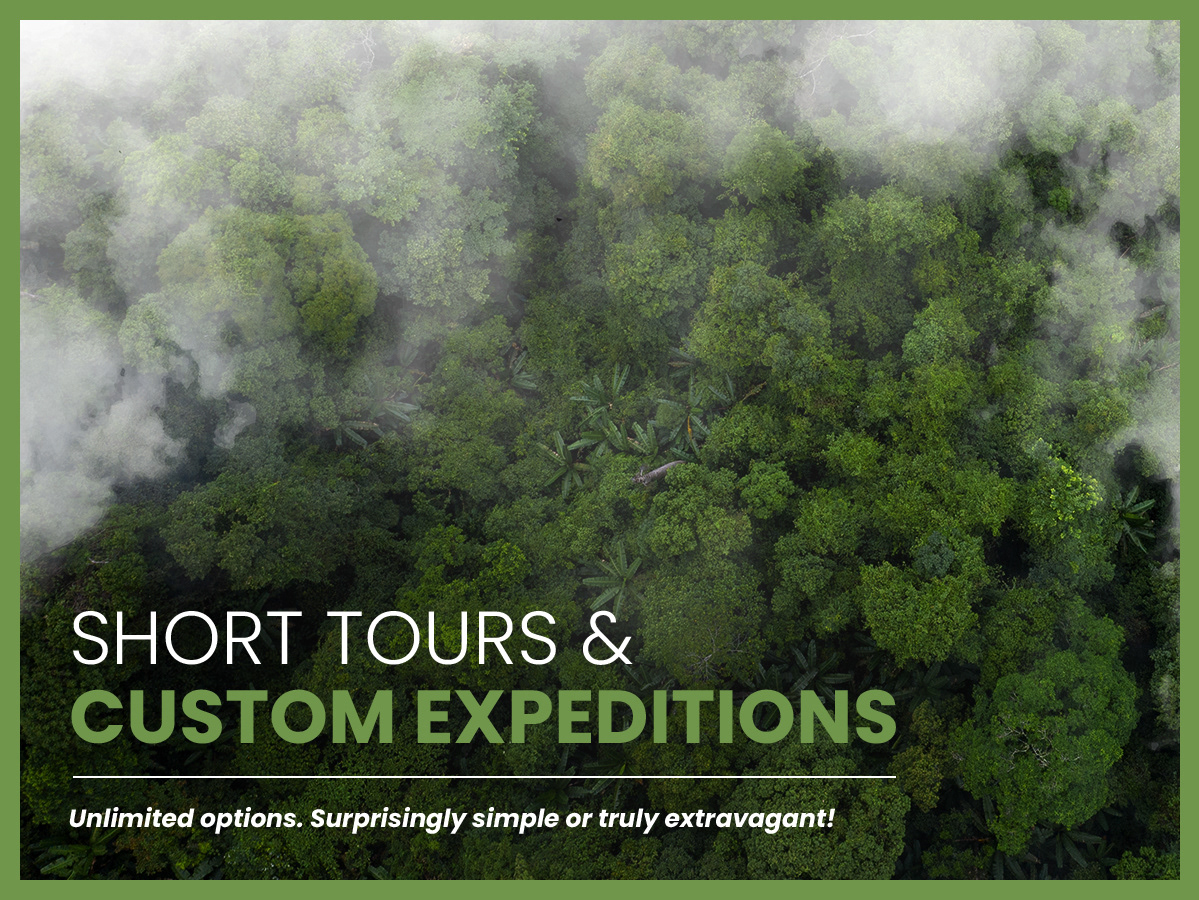Start: 16 January 2025 | End: 26th Januay 2025 | Meeting location: Kuala Lumpur | Spaces available: 0
Included in the tour:
- Expert herpetologist guides.
- Accommodation.
- Transport.
- Food & drinks.
- National park fees.
- Permit fees.
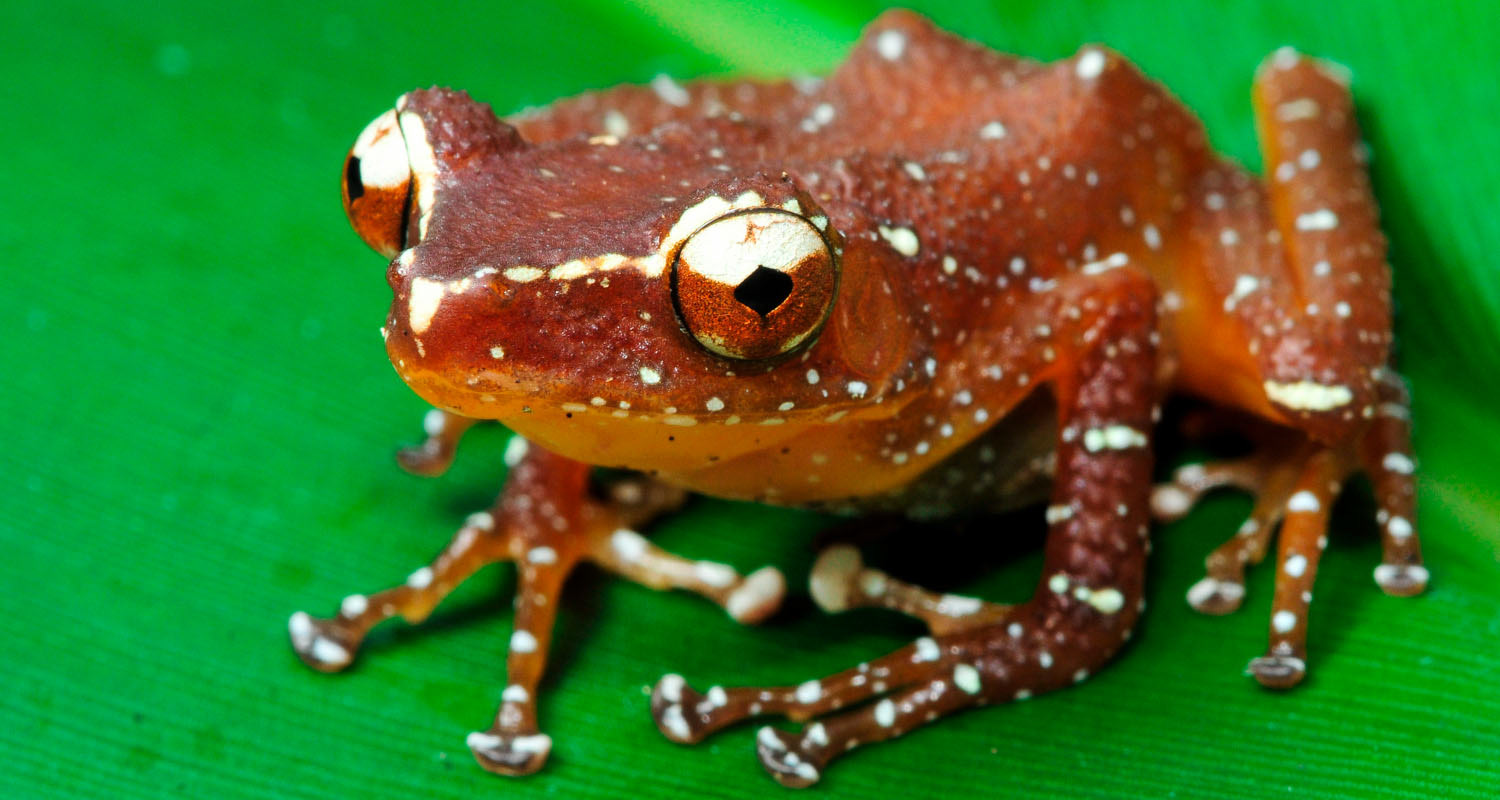
Cinnamon frog (Nyctixalus pictus)

Red-bellied keelback (Rhabdophis conspicillata).

Harlequin flying frog (Rhacophorus pardalis)
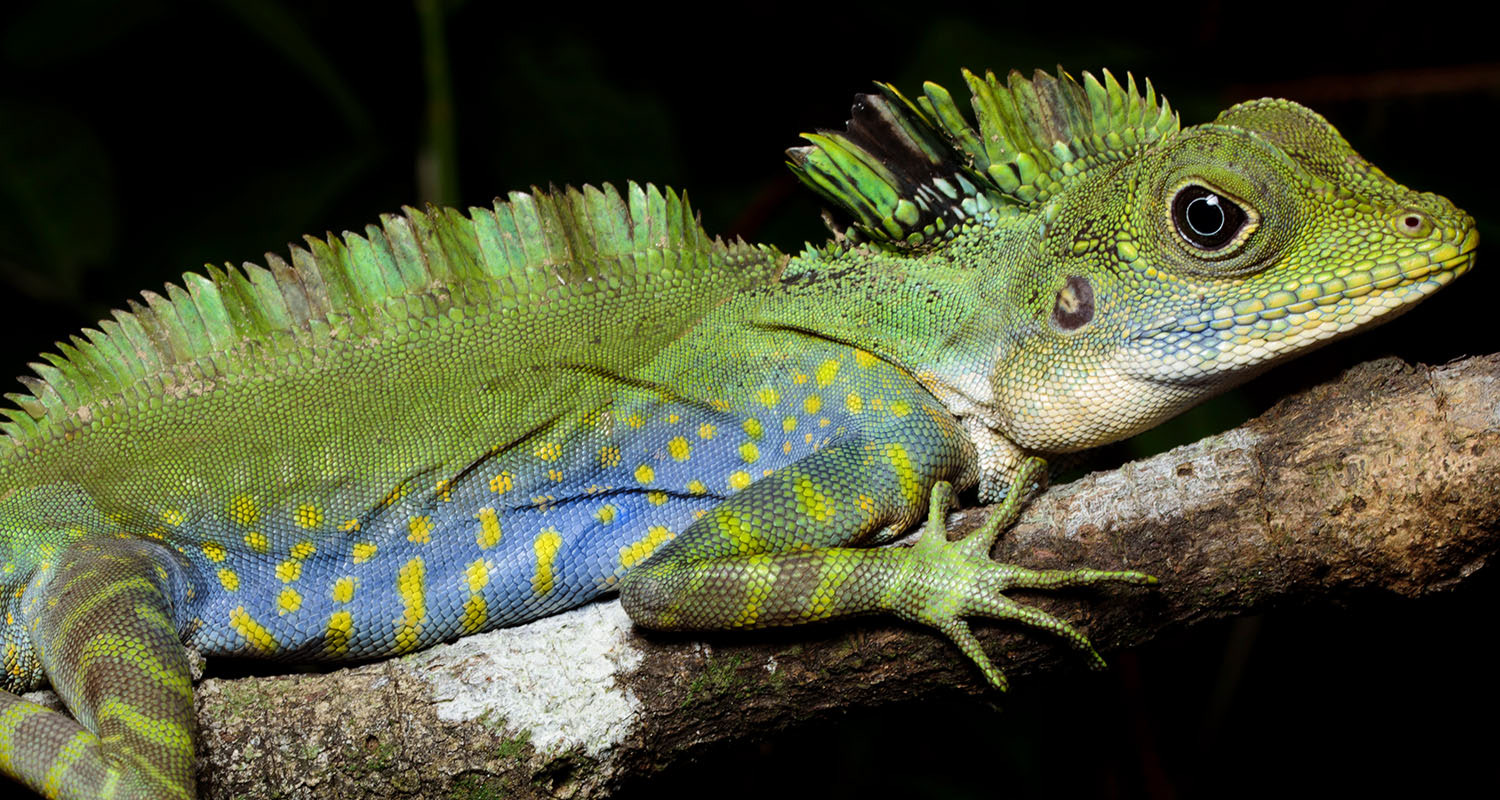
Great angle-headed lizard (Gonocephalus grandis)
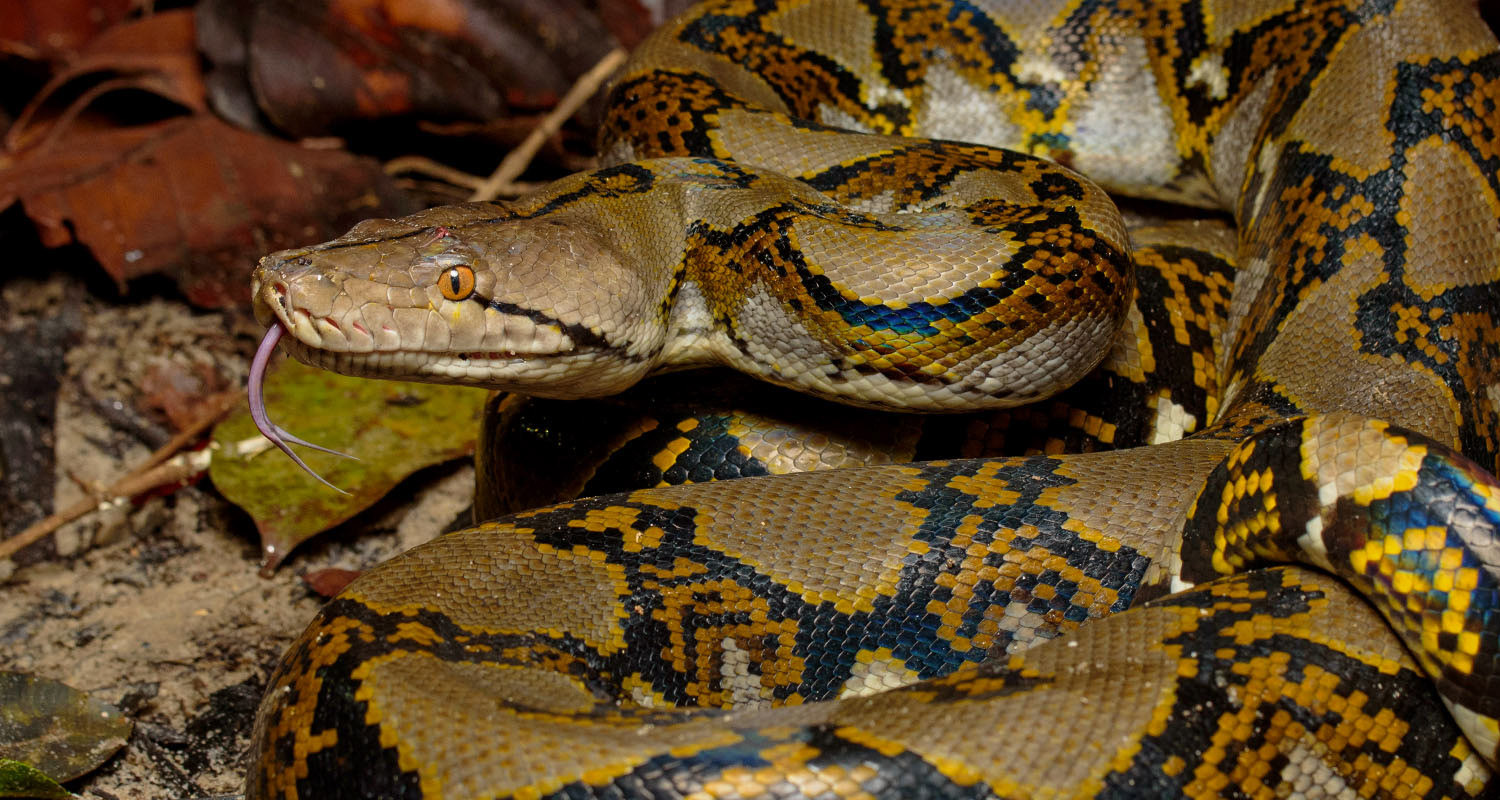
Reticulated python (Malayopython reticulatus)
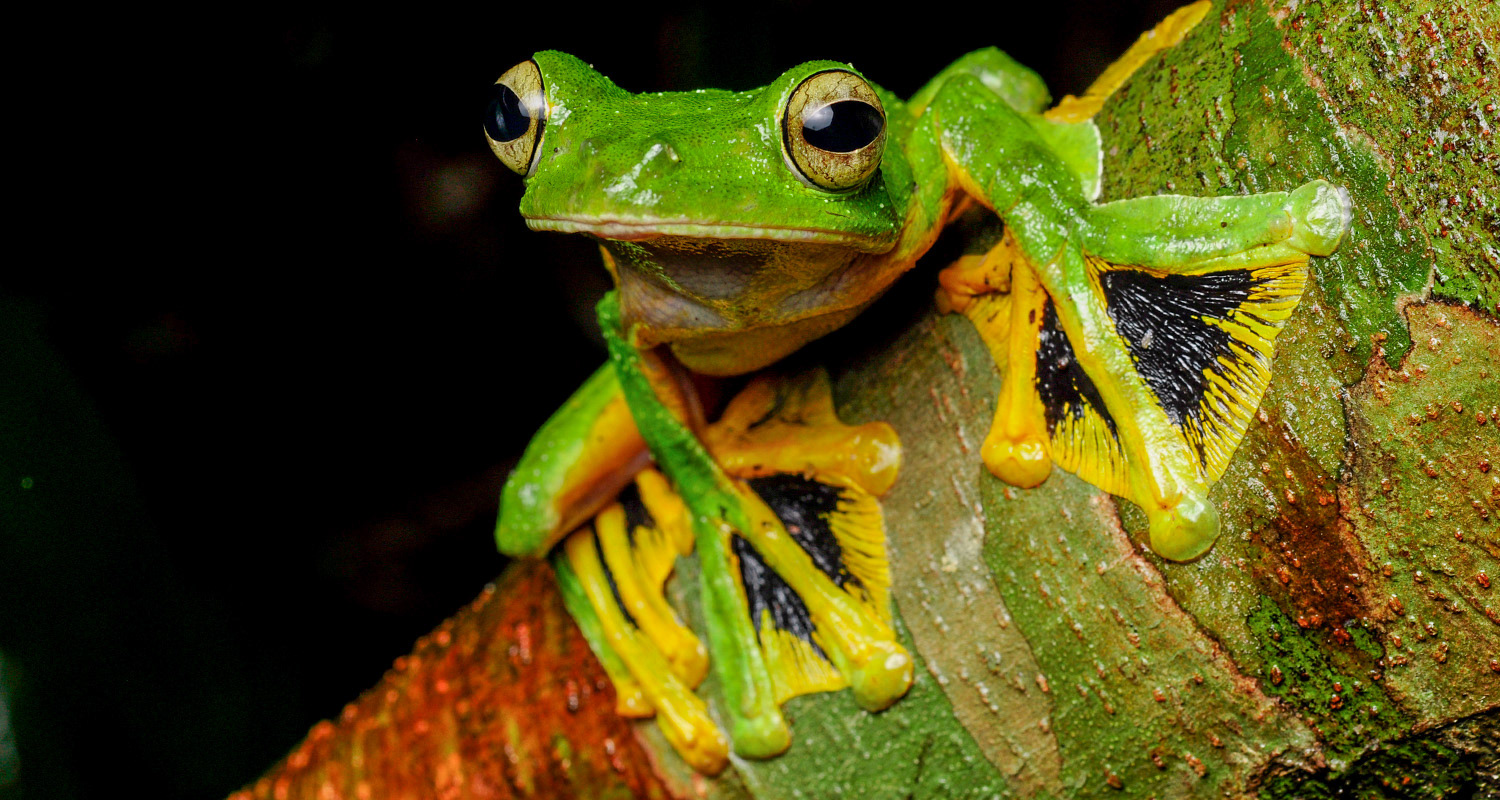
Wallace's flying frog (Rhacophorus nigropalmatus)
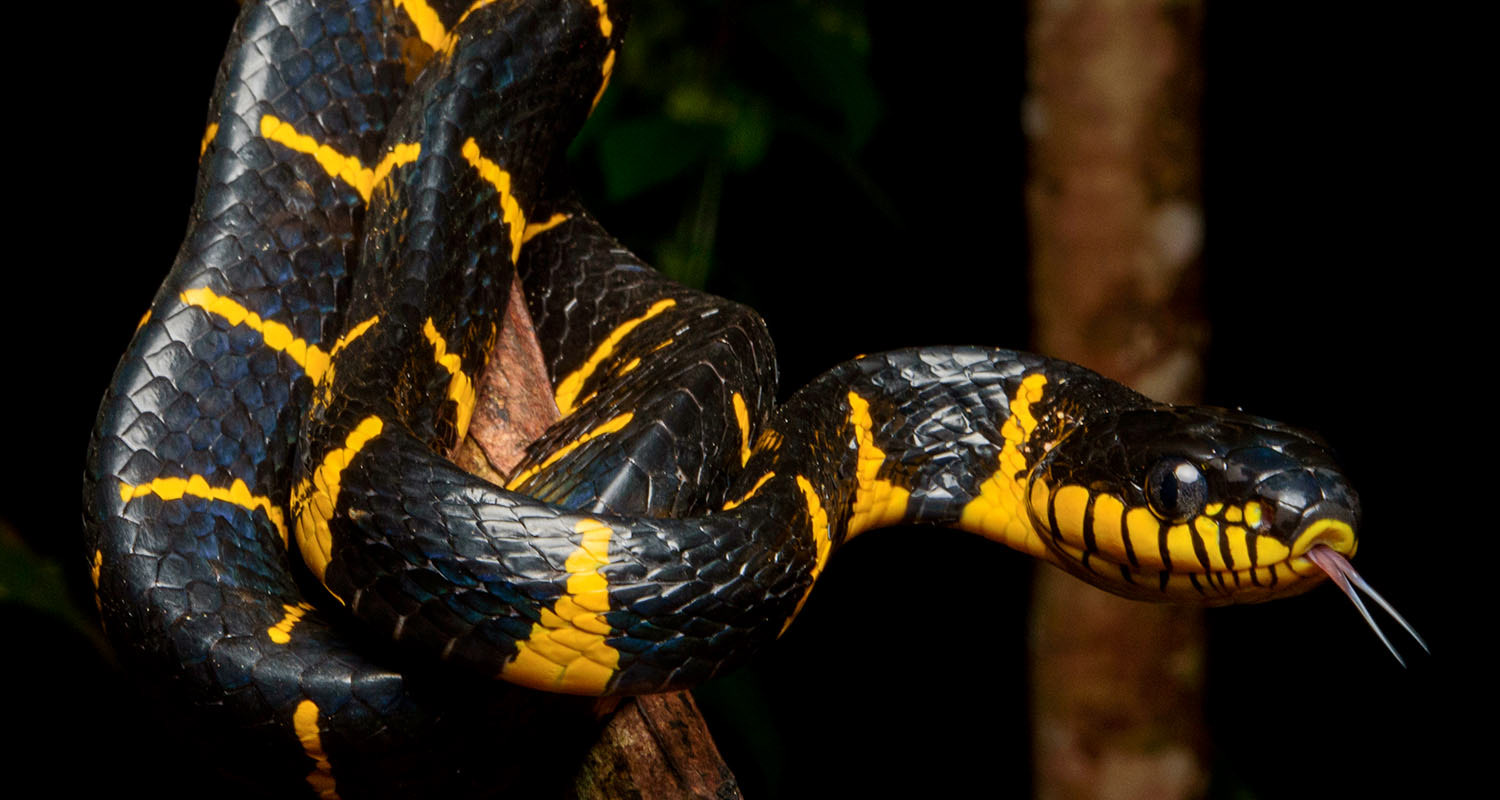
Mangrove cat snake (Boiga melanota)
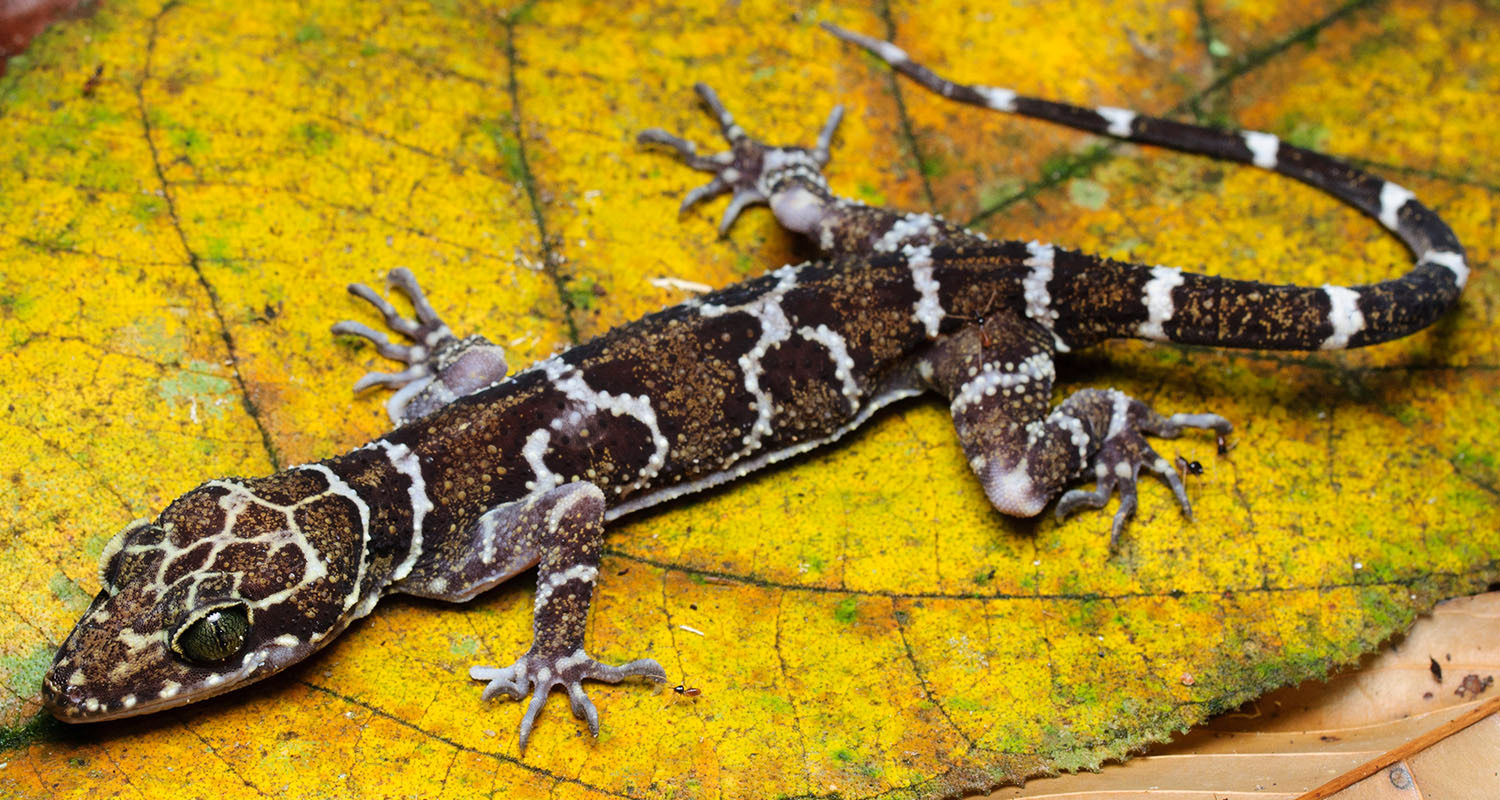
Peter's bent-toed gecko (Cyrtodactylus consobrinus)
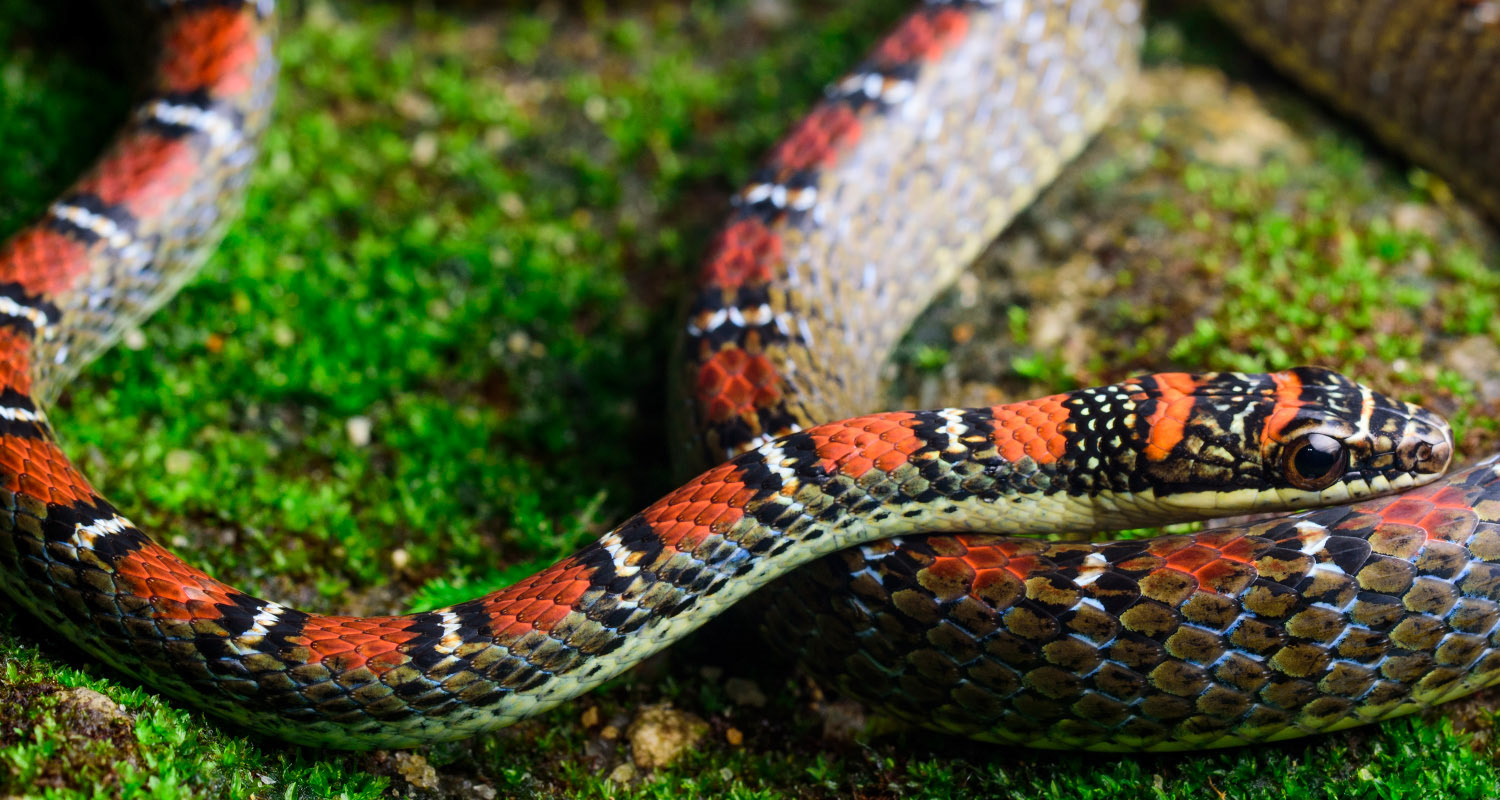
Twin-barred flying snake (Chrysopelea pelias).
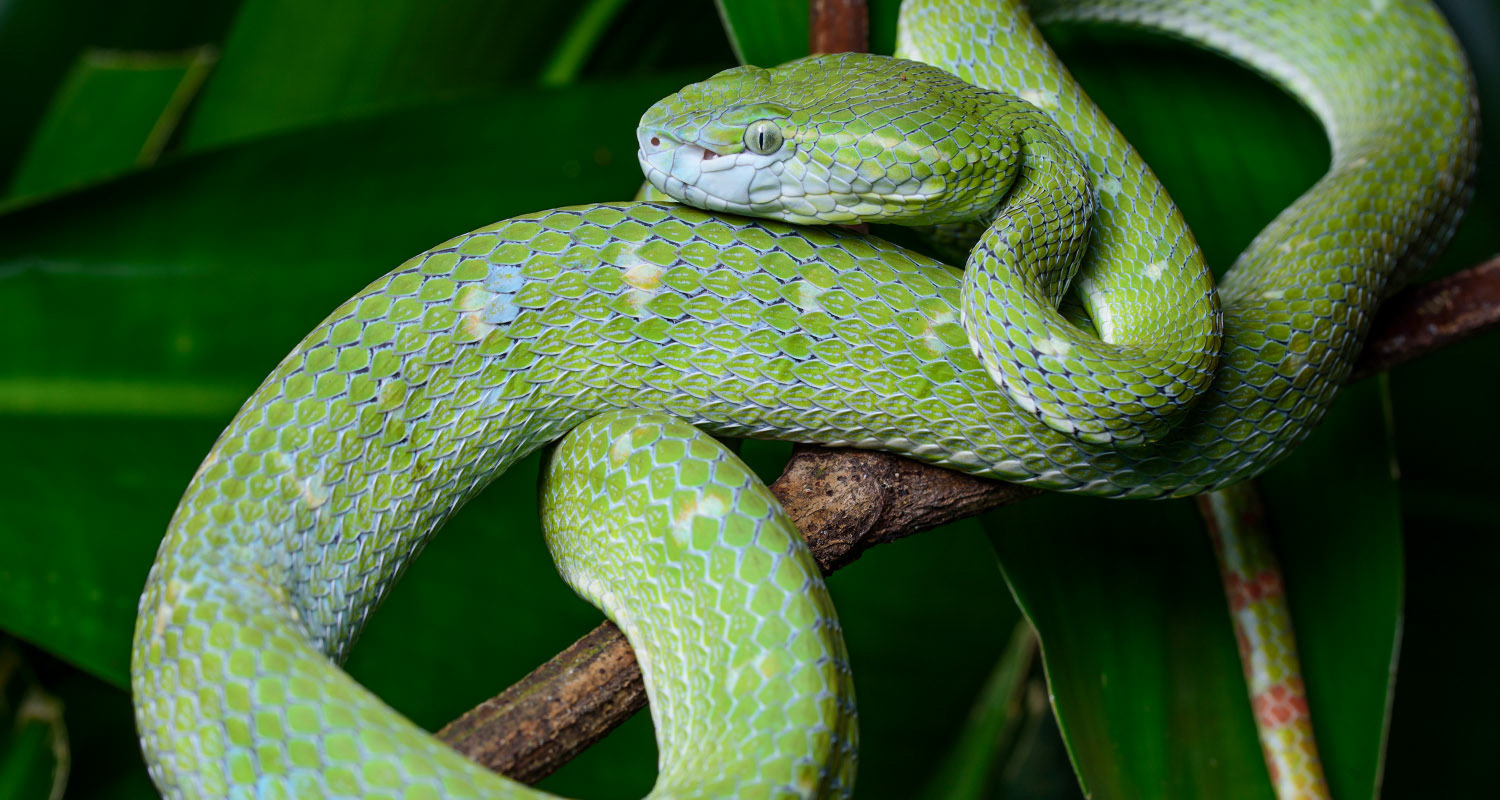
Hagen's pit viper (Trimeresurus hageni).
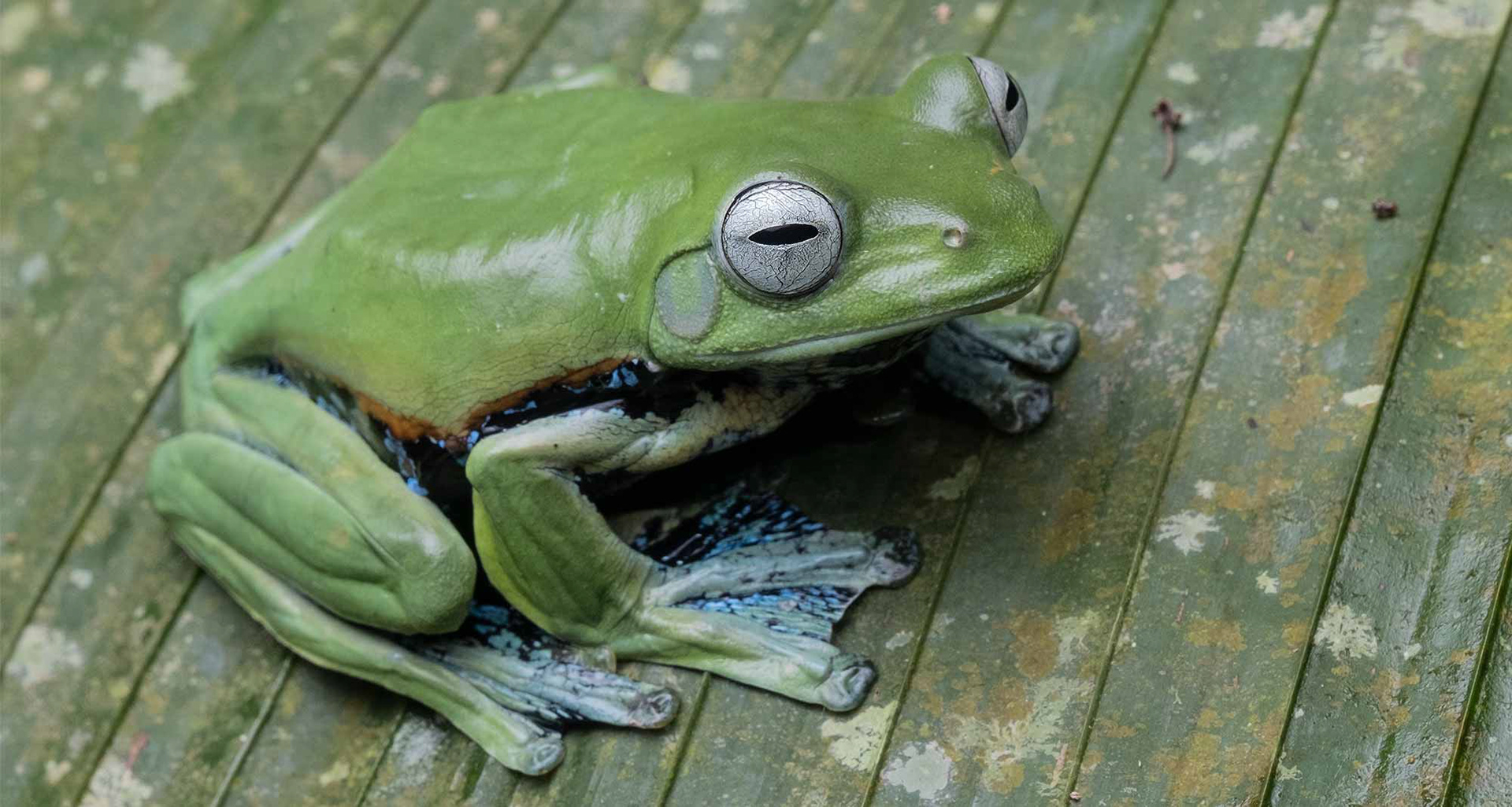
Norhayati's flying frog (Rhacophorus norhayatii)
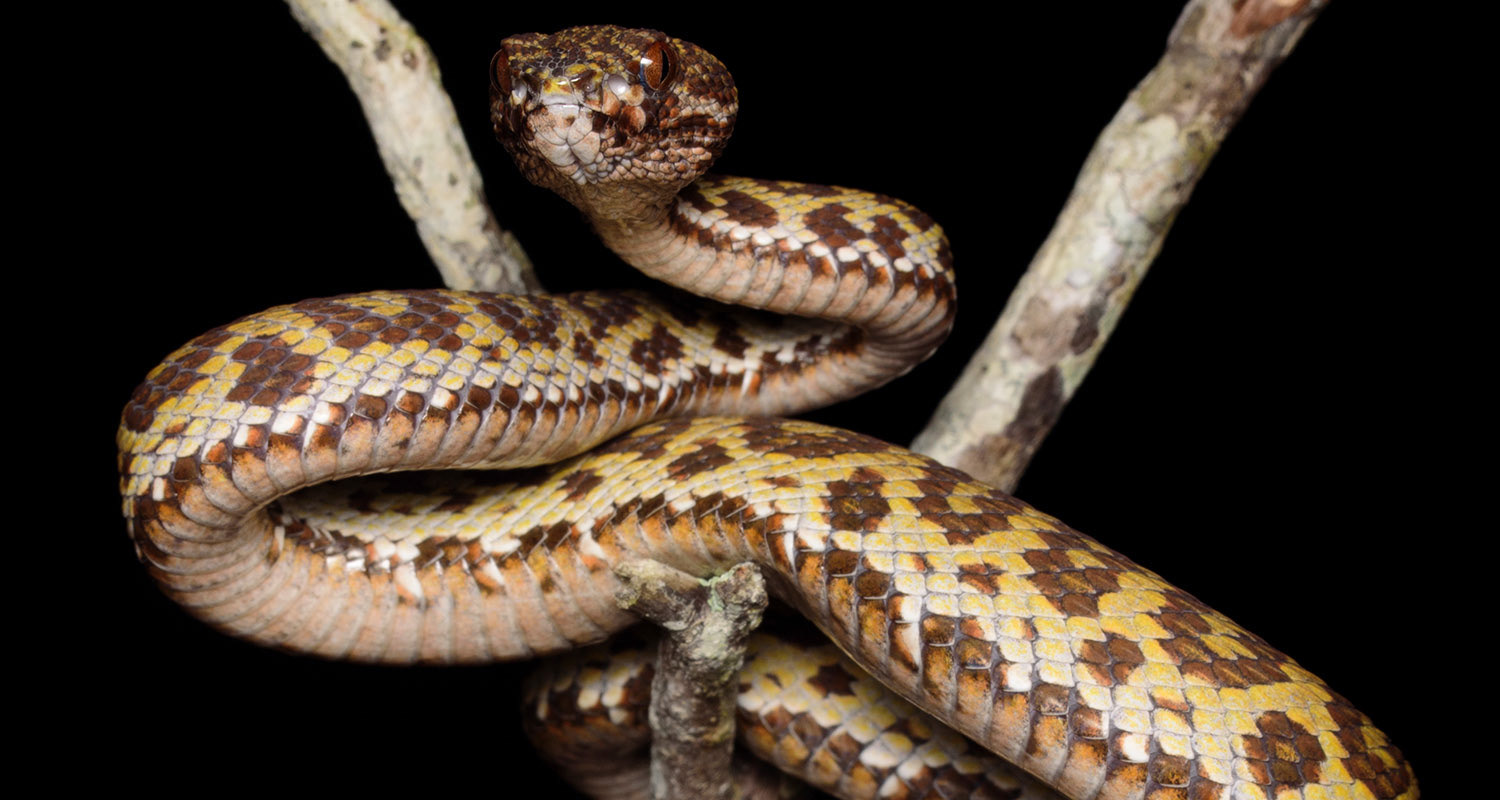
Mangrove pit viper (Trimeresurus purpureomaculatus).
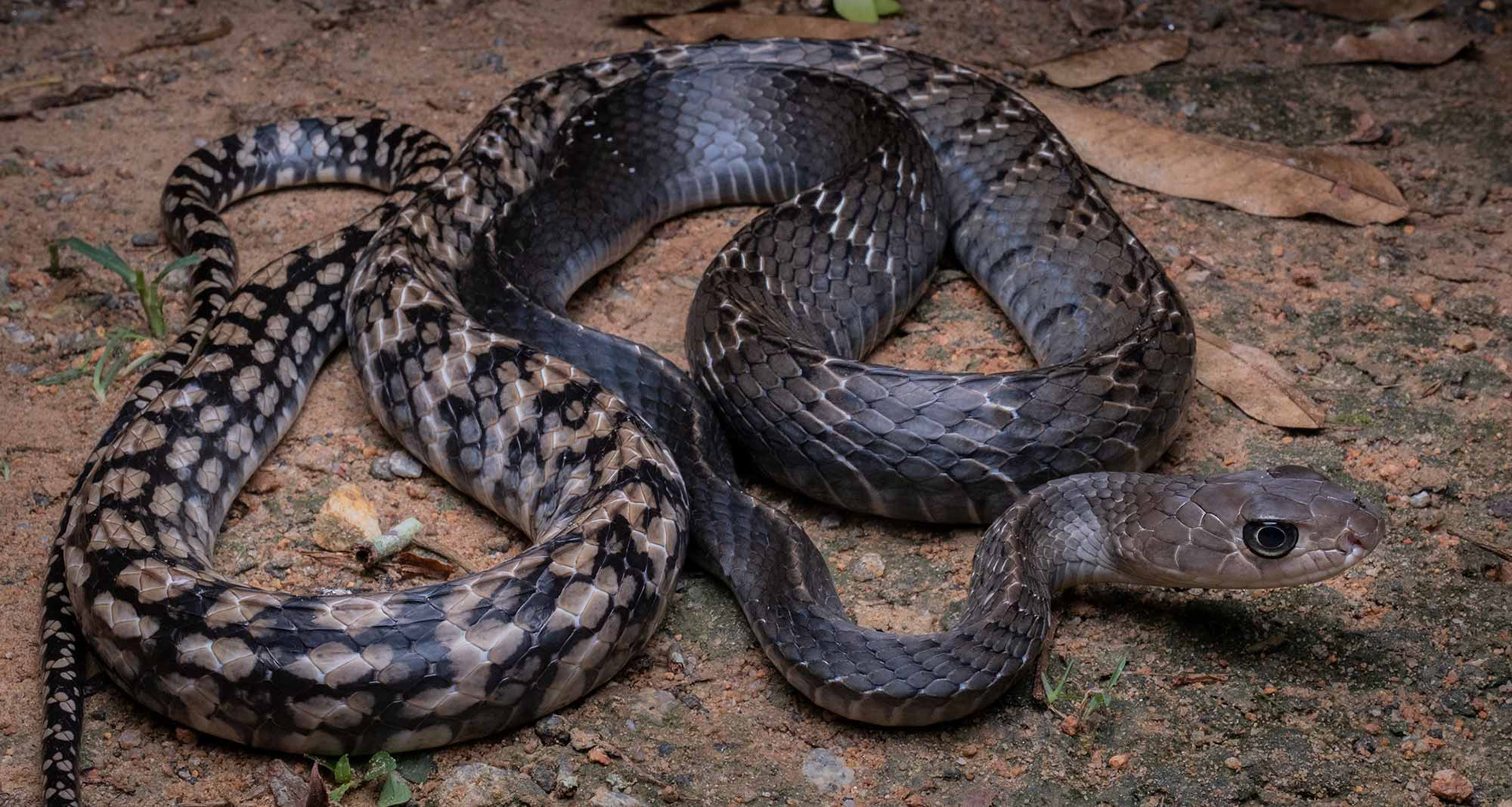
Keeled rat snake (Ptyas carinata)
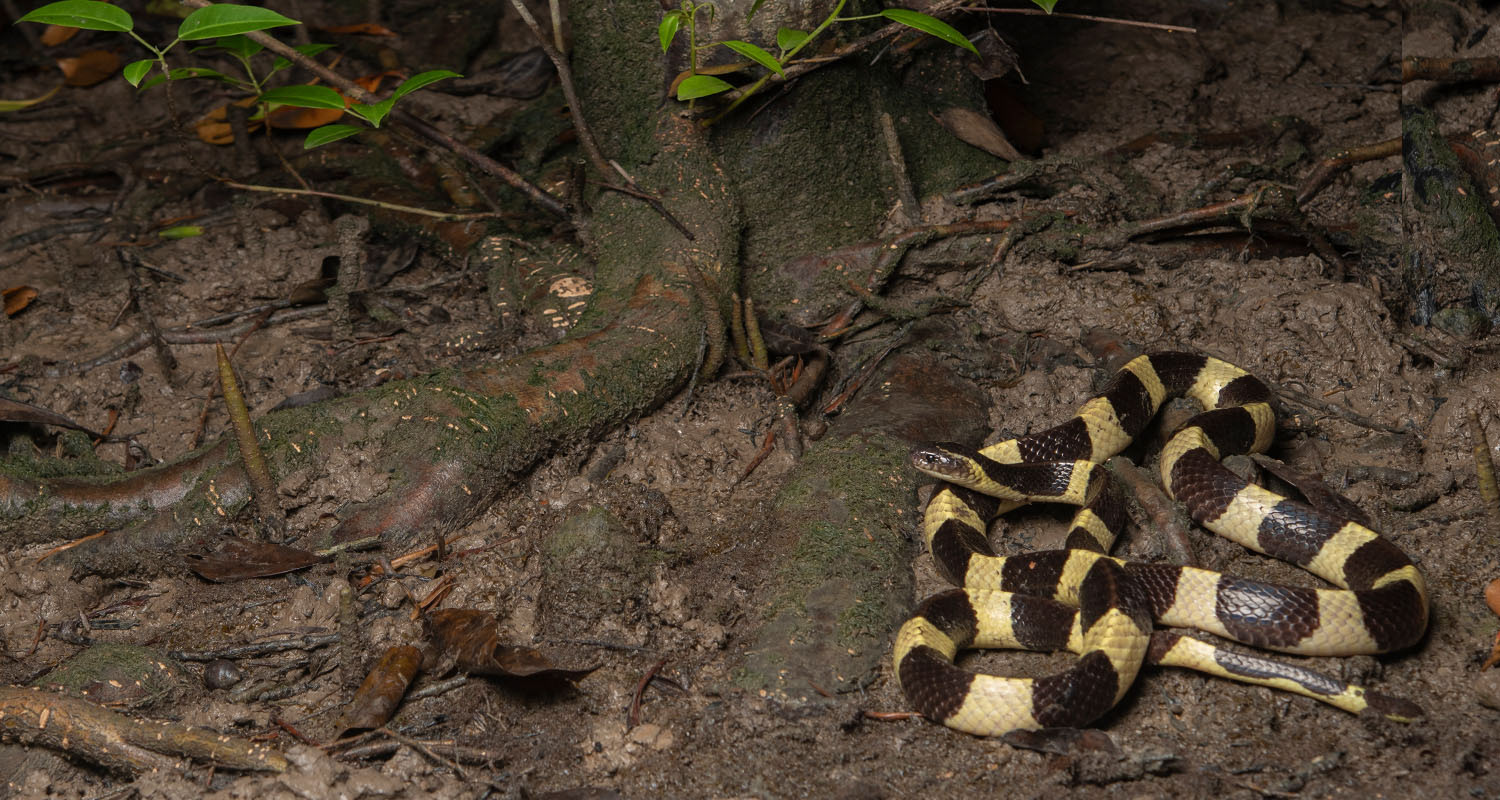
Banded krait (Bungarus fasciatus) from riverine mangrove swamp habitat.

Red-bellied keelback (Rhabdophis conspicillata) juvenile.

Mangrove pit viper (Trimeresurus purpureomaculatus)
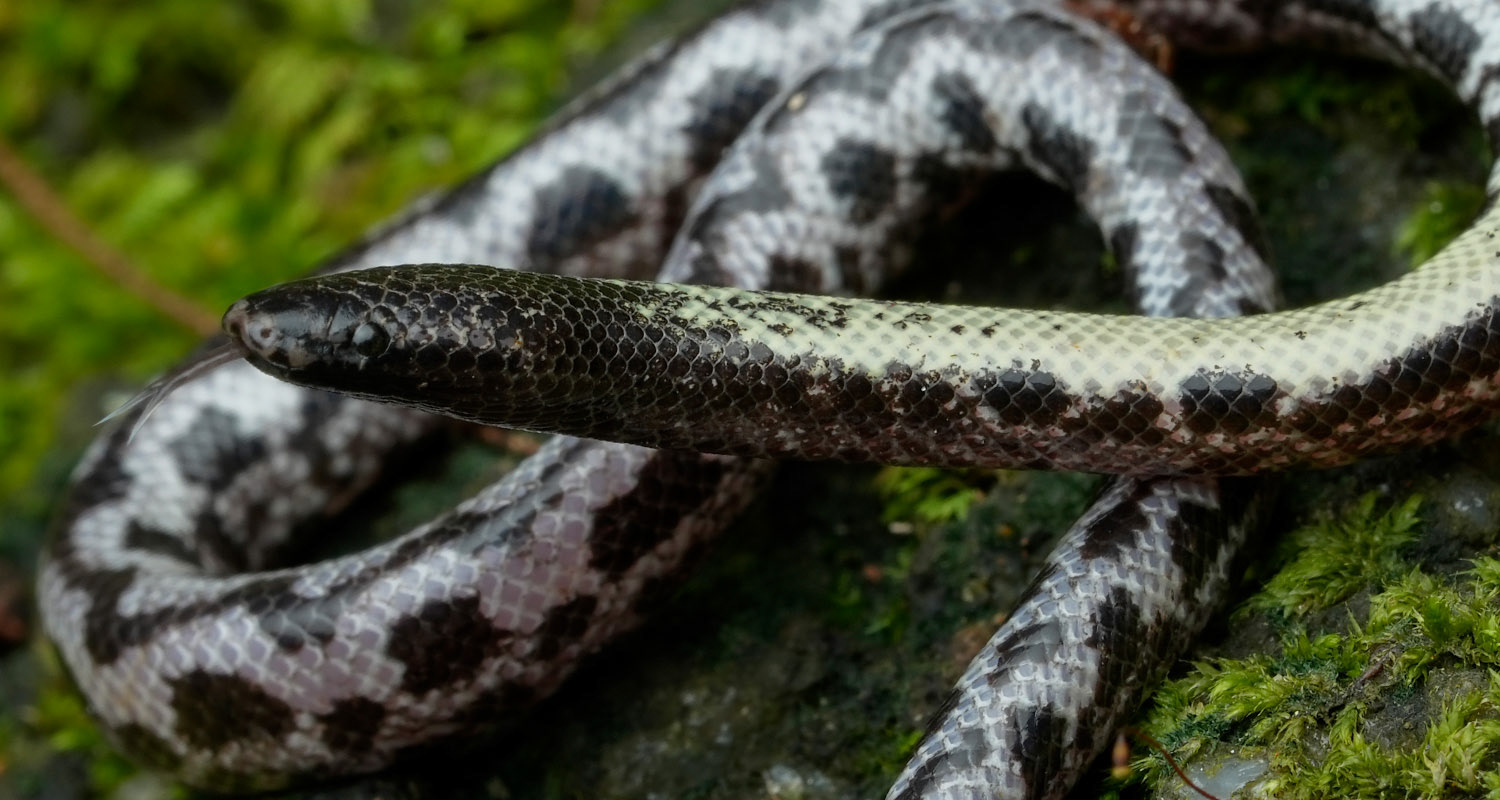
The extremely rare Malaysian endemic Schaefer's spine-jawed snake (Xenophidion schaeferi).
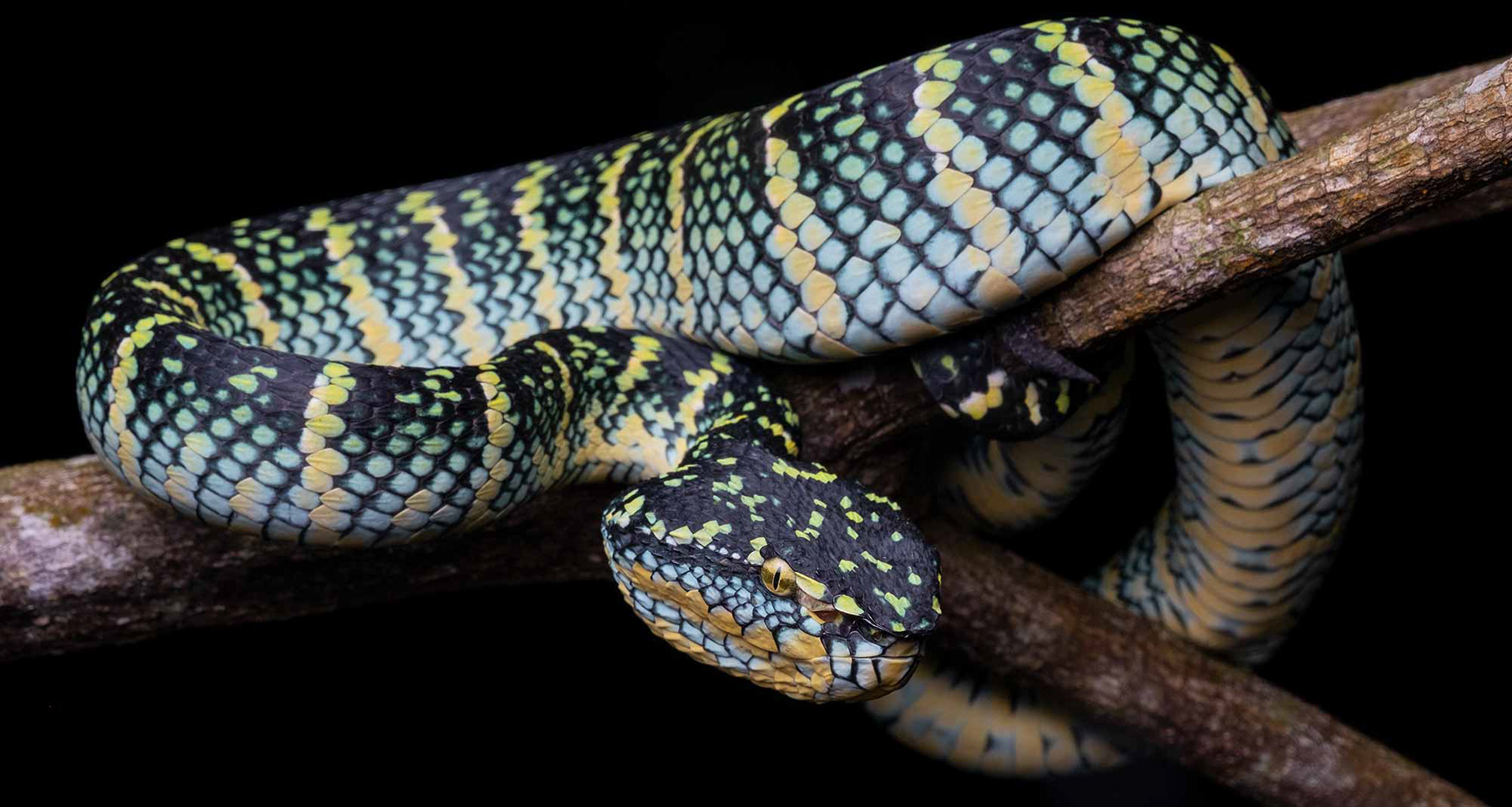
Wagler's pit viper (Tropidolaemus wagleri)
Nights 1-3 - Kuala Lumpur:
We begin with 3 days exploring lowland habitats around Kuala Lumpur. Despite being a metropolitan capital city, Kuala Lumpur's east and south-east side is bordered closely by rich tropical lowland rainforest - home to an incredible diversity of herpetofauna. On the first night, we will visit by far the best location in South-East Asia for seeing the most amazing species of flying frogs (Rhacophorus sp.), as well as the famous long-nosed horned frog (Pelobatrachus nasuta). Of course, this forest is also home to countless species of snake and lizard, including Wagler's pit viper (Tropidolaemus wagleri) and Hagen's pit viper (Trimeresurus hageni). We will visit the tropical lowlands a second time before leaving Kuala Lumpur, which will inevitably increase our species count significantly as the diversity is so high in this area.
We will also visit the estuarine mangrove forests on the east side of Kuala Lumpur for one night, where encounters with large mangrove pit vipers (Trimeresurus purpureomaculatus) are highly likely, and the sundaic form of the amazing banded krait (Bungarus fasciatus) is also frequently sighted. This provides an interesting insight into how snakes live in a totally different habitat from the forests which make up the rest of the trip, with strange mud snakes (Homalopsidae) also residing in the saline waters.
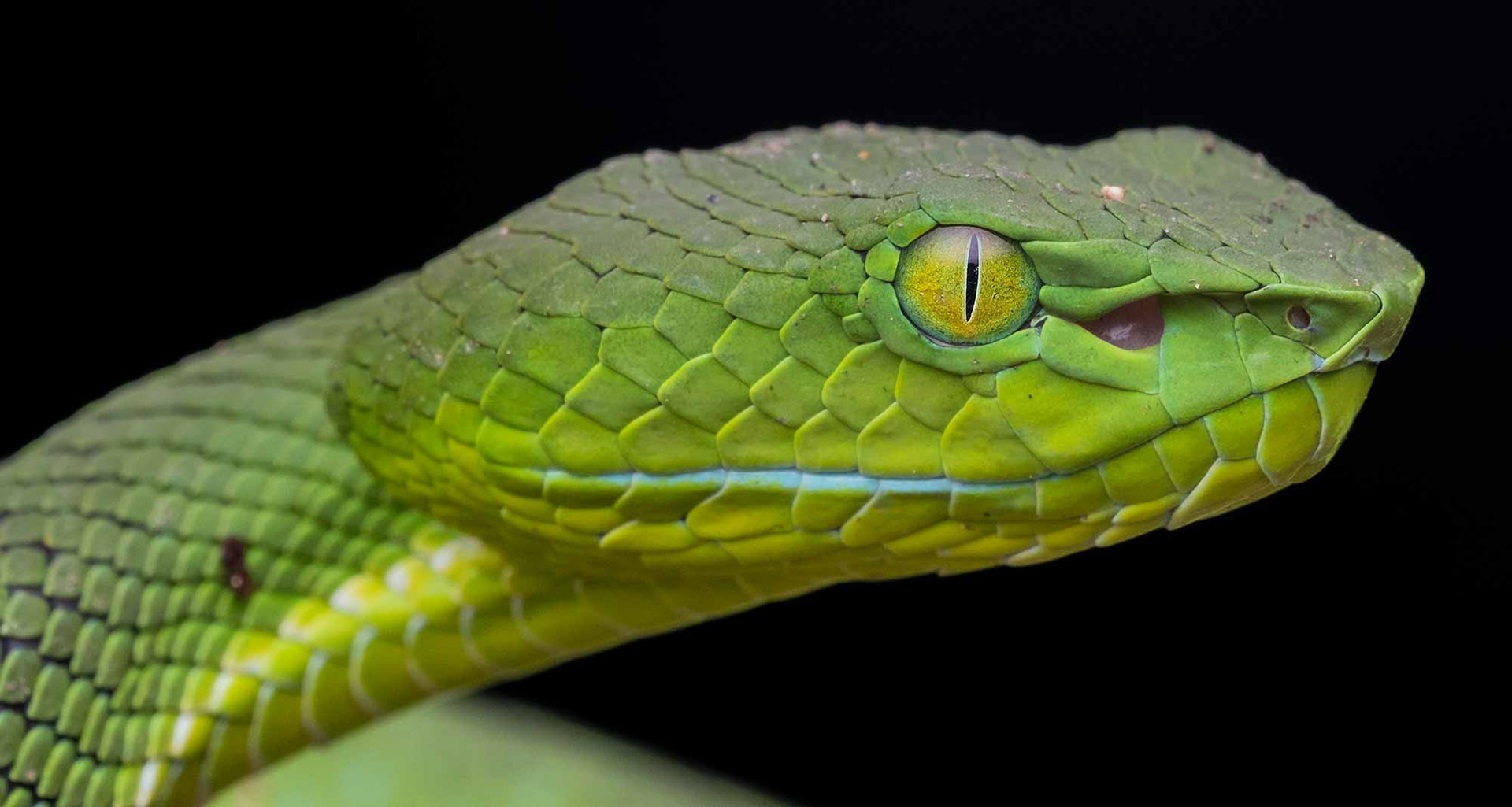
Cameron Highlands pit viper (Trimeresurus nebularis)
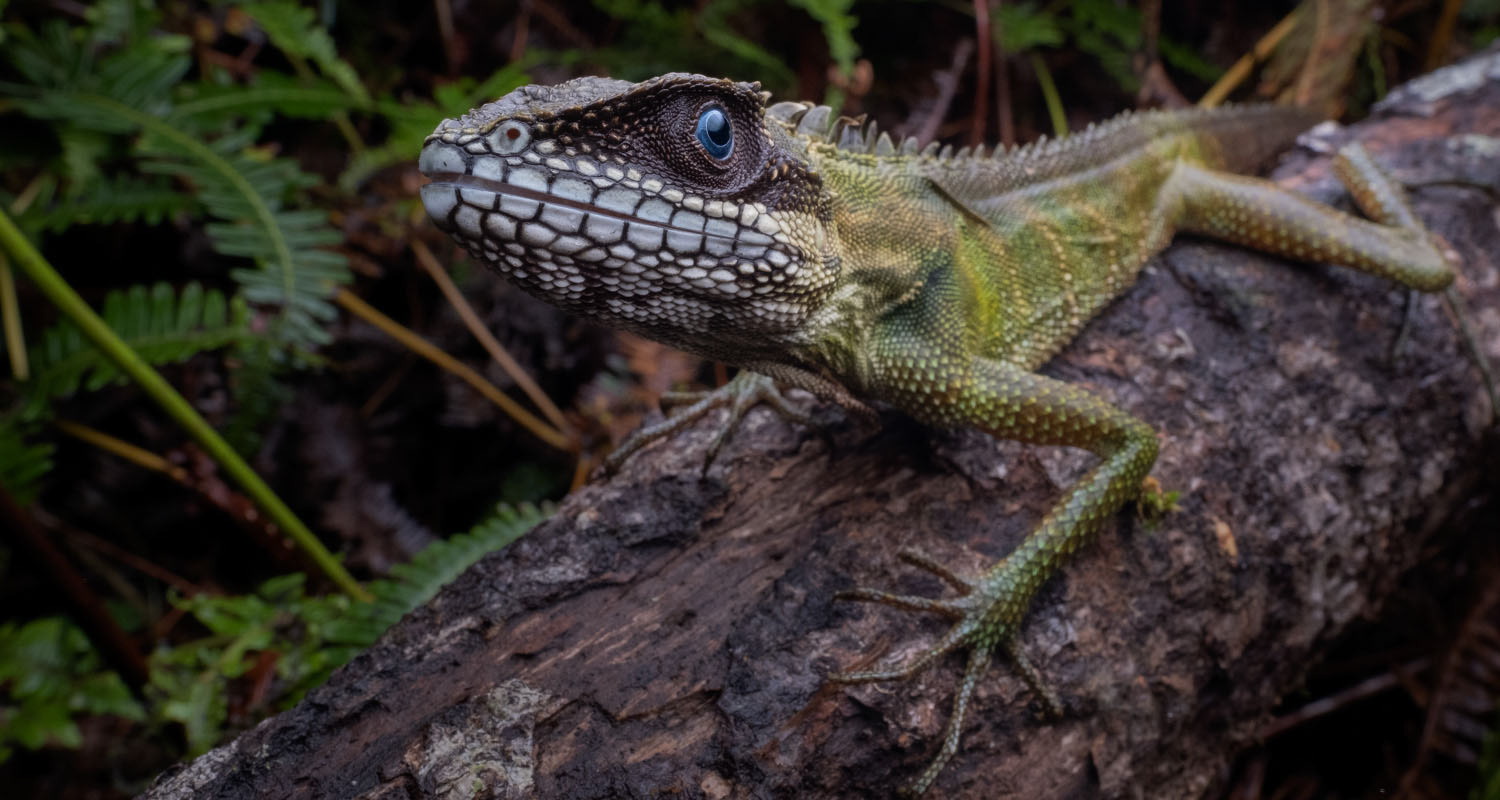
The endemic Malayan mountain dragon (Malayodracon robinsonii).
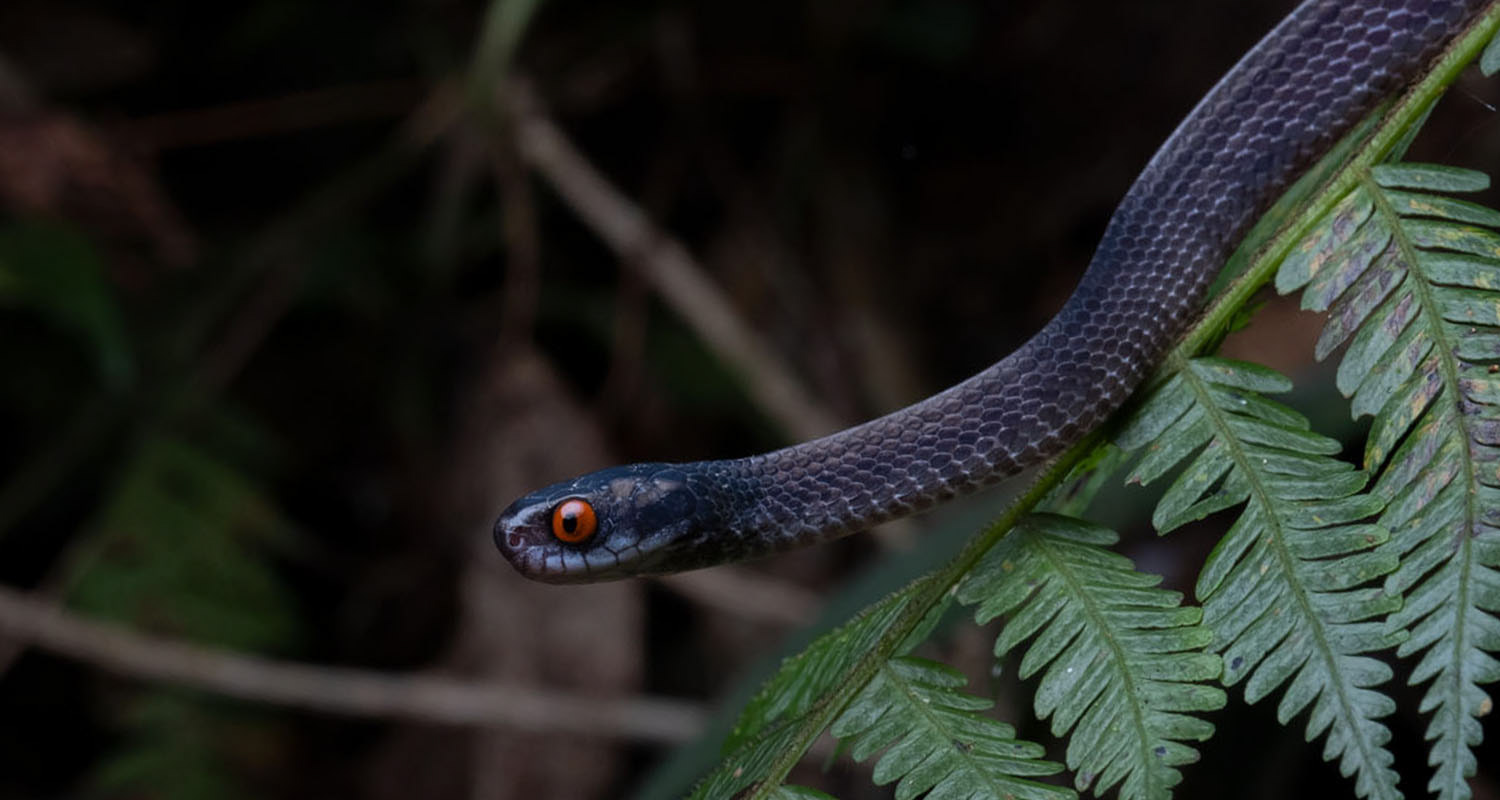
Mirkwood forest slug snake (Asthenodipsas lasgalenensis).
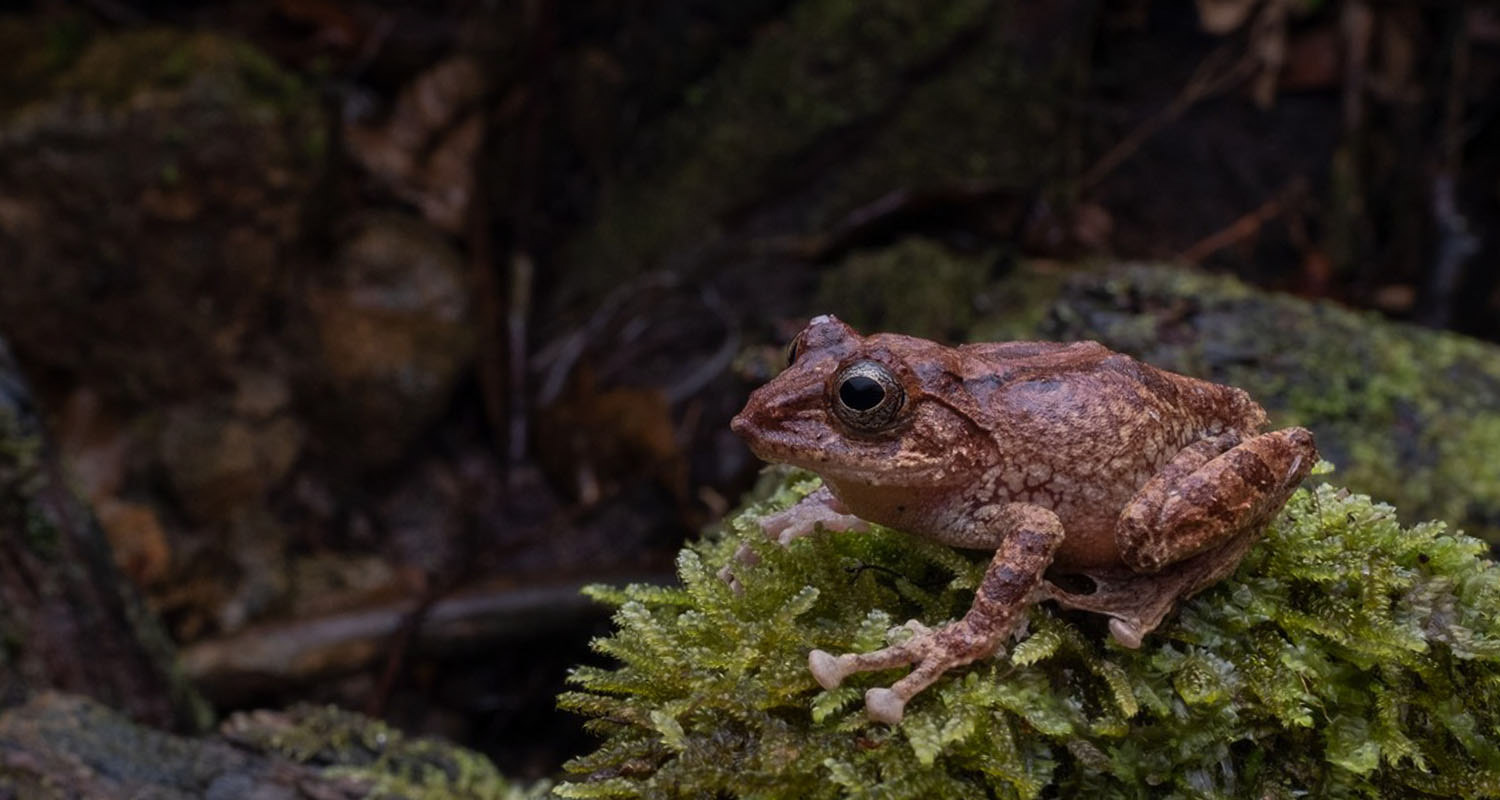
Larut shrub frog (Philautus larutensis).
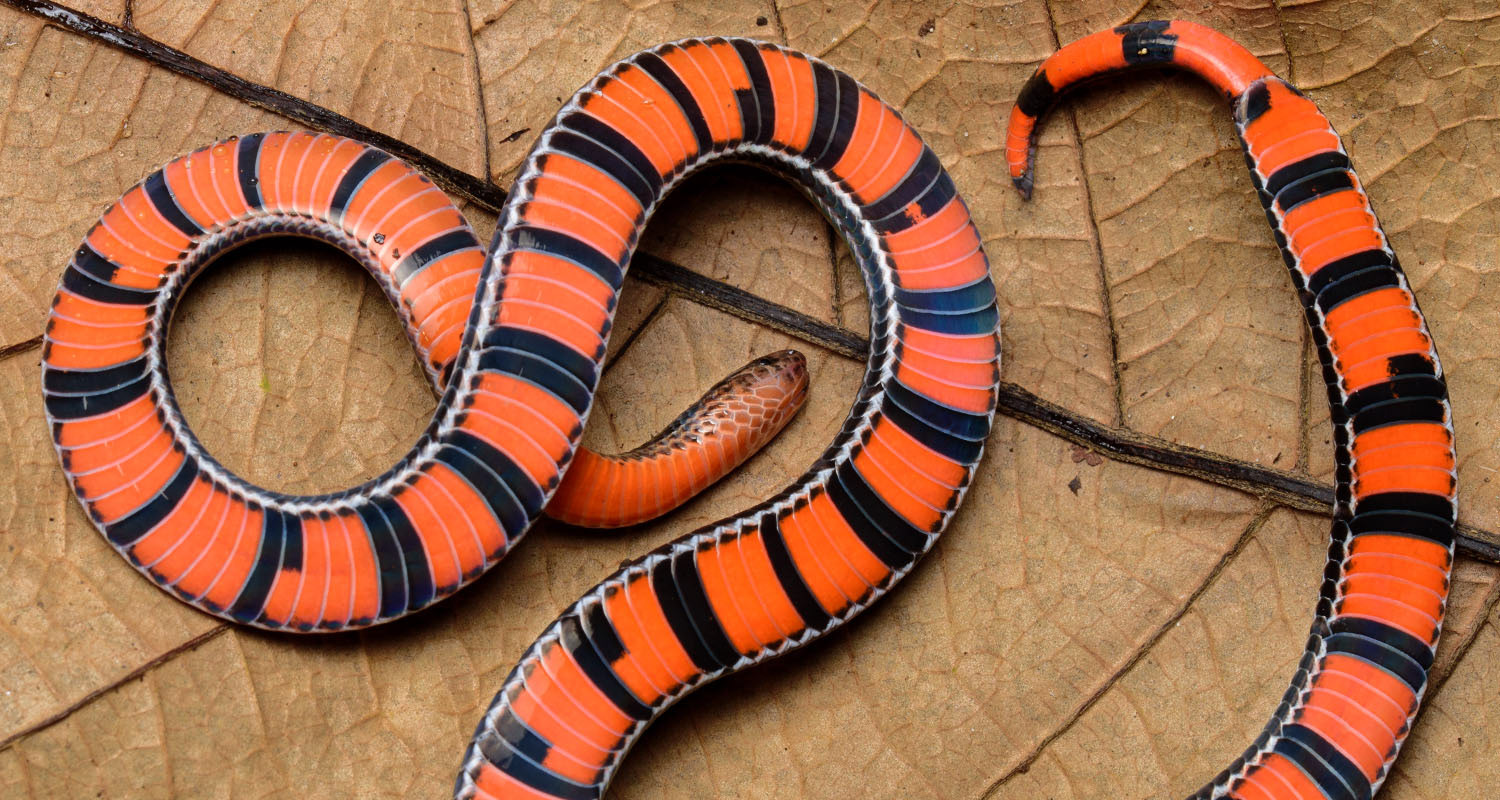
Black-striped coral snake (Calliophis nigrotaeniatus) venter.
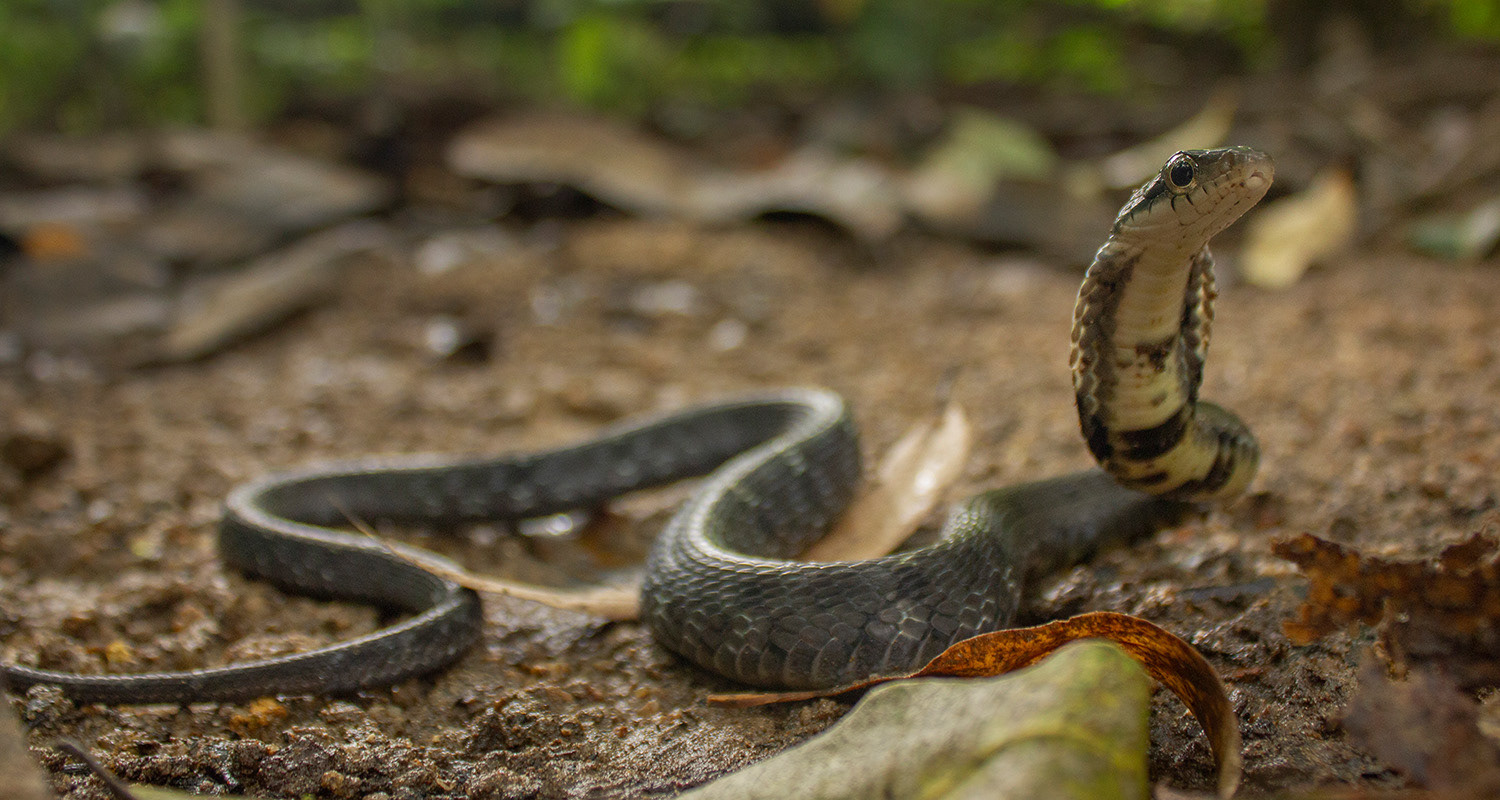
Large-eyed false cobra (Pseudoxenodon macrops).
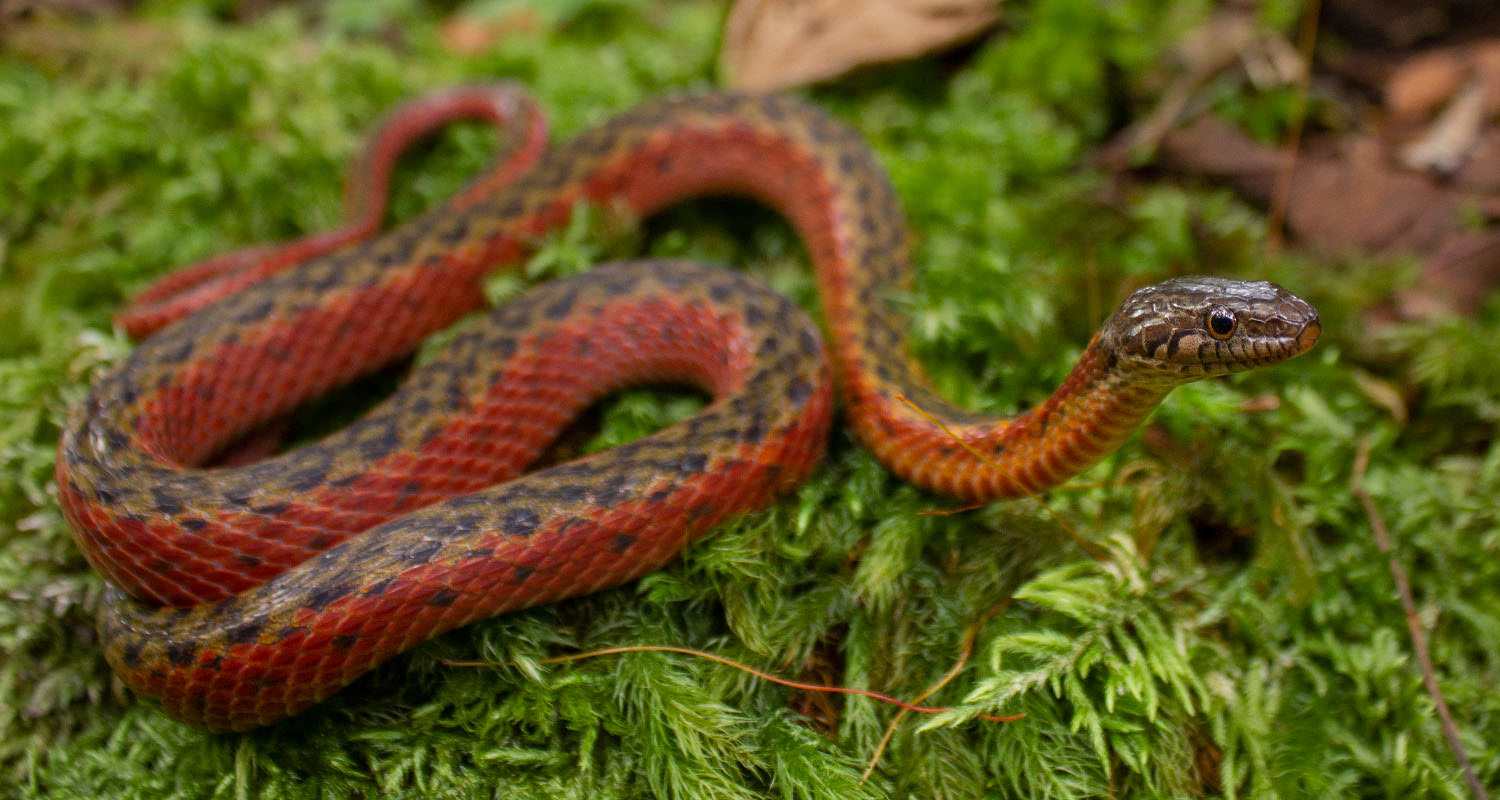
Red mountain keelback (Hebius sanguineum).
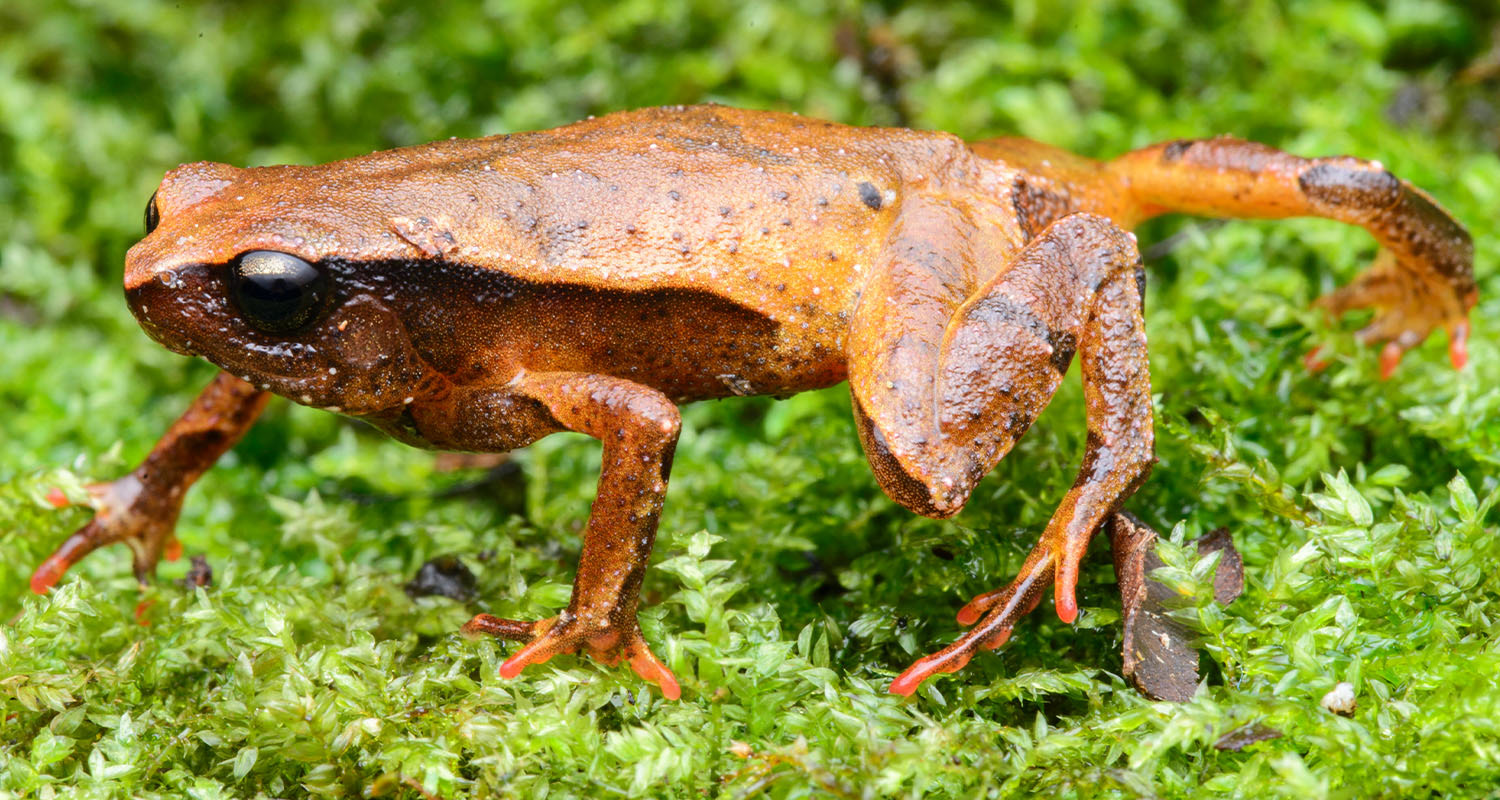
Cameron Highlands sticky frog (Kalophrynus yongi).
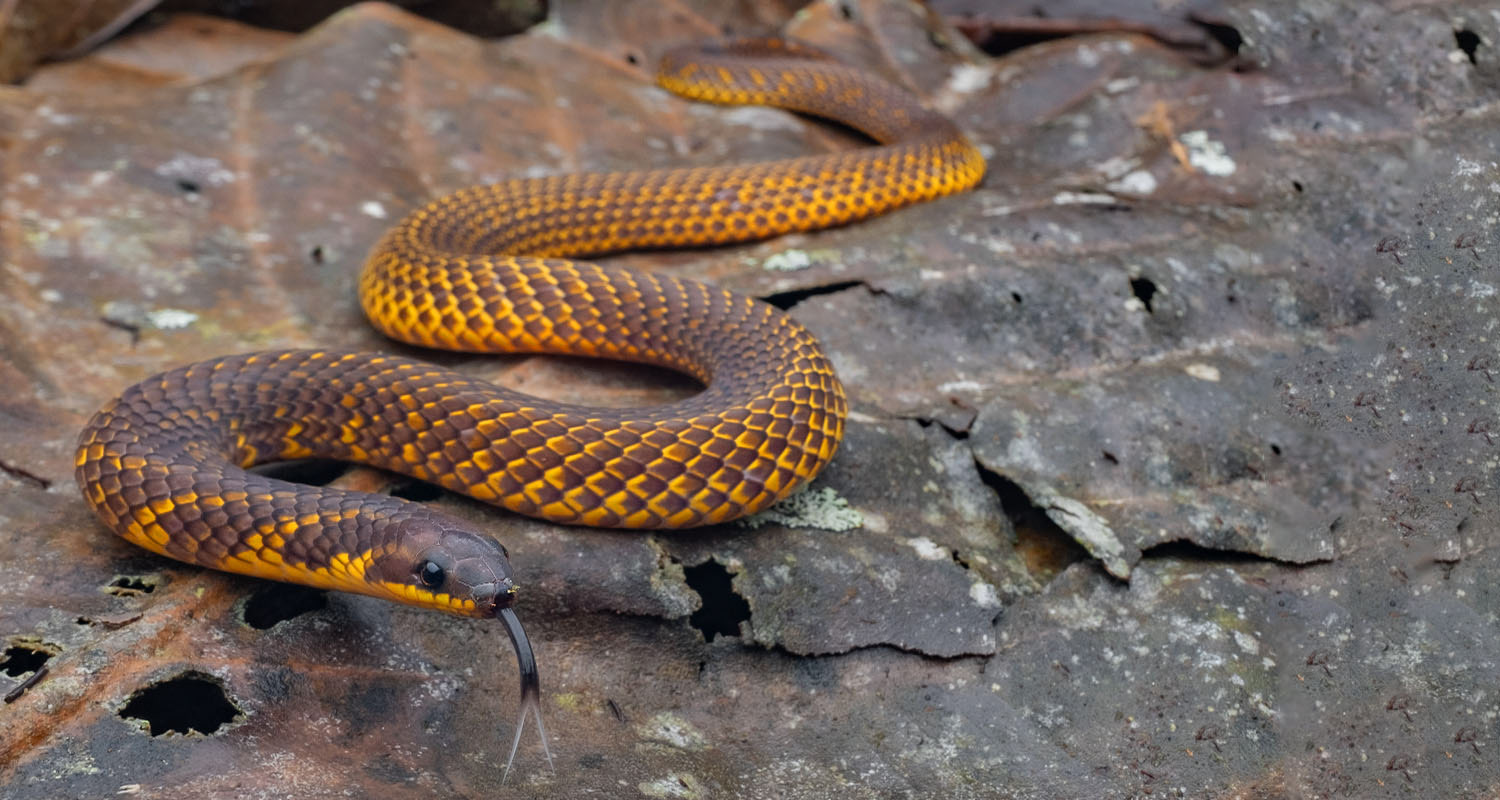
The beautiful Cameron Highlands endemic Schulz's reed snake (Macrocalamus schulzi).
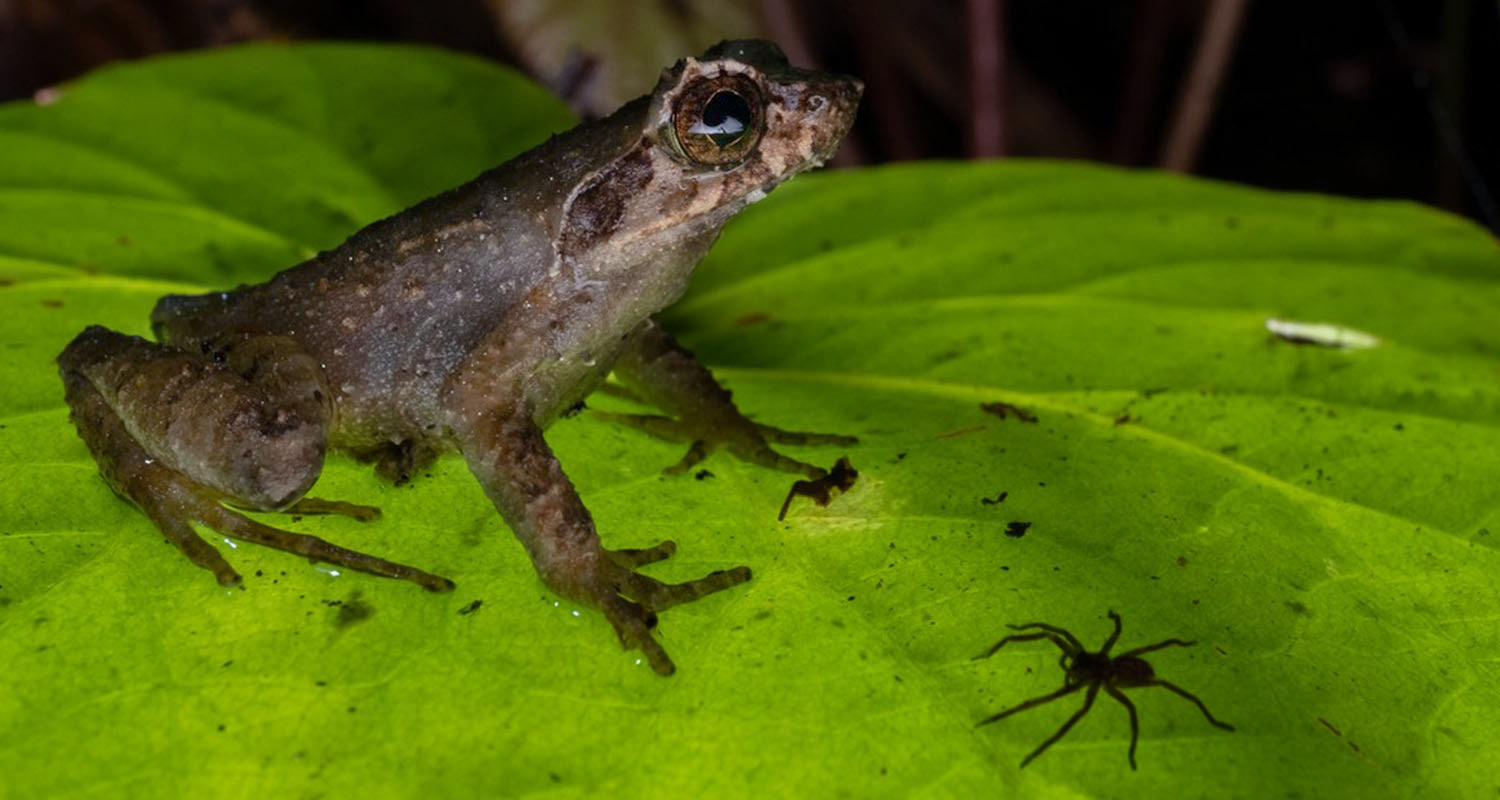
Long-legged horned frog (Megophrys longipes).
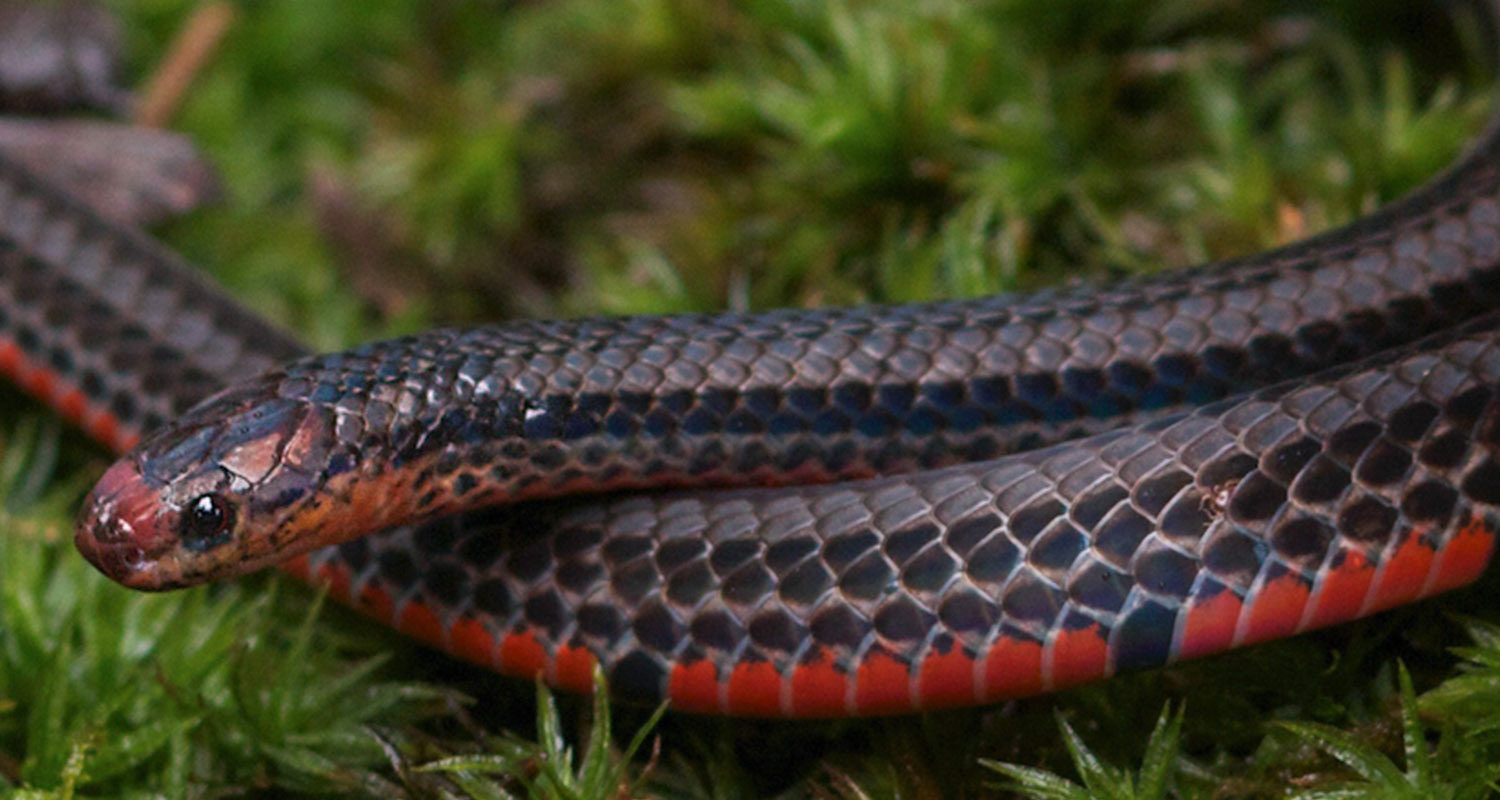
Black-striped coral snake (Calliophis nigrotaeniatus).
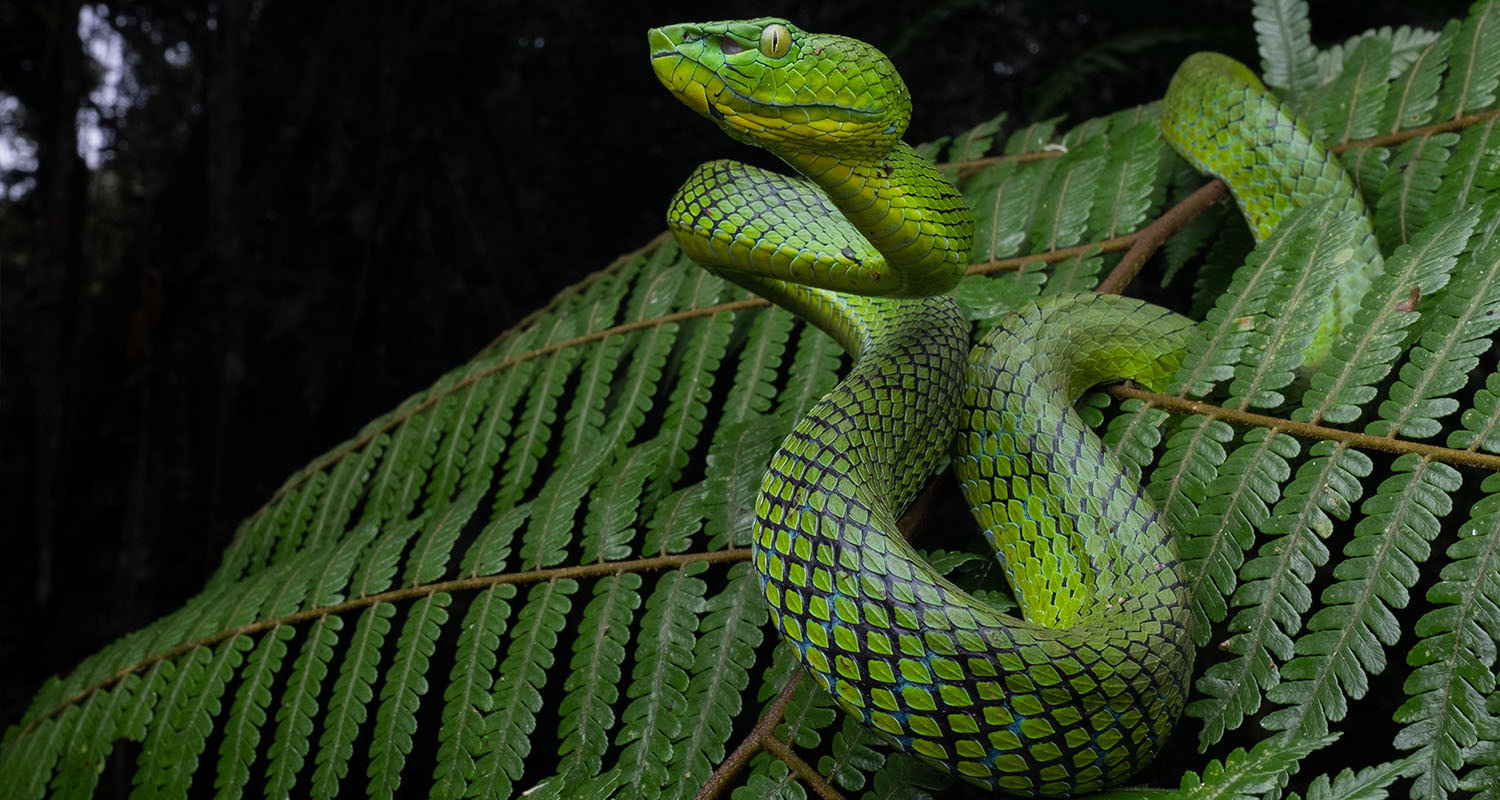
Cameron Highlands pit viper (Trimeresurus nebularis).
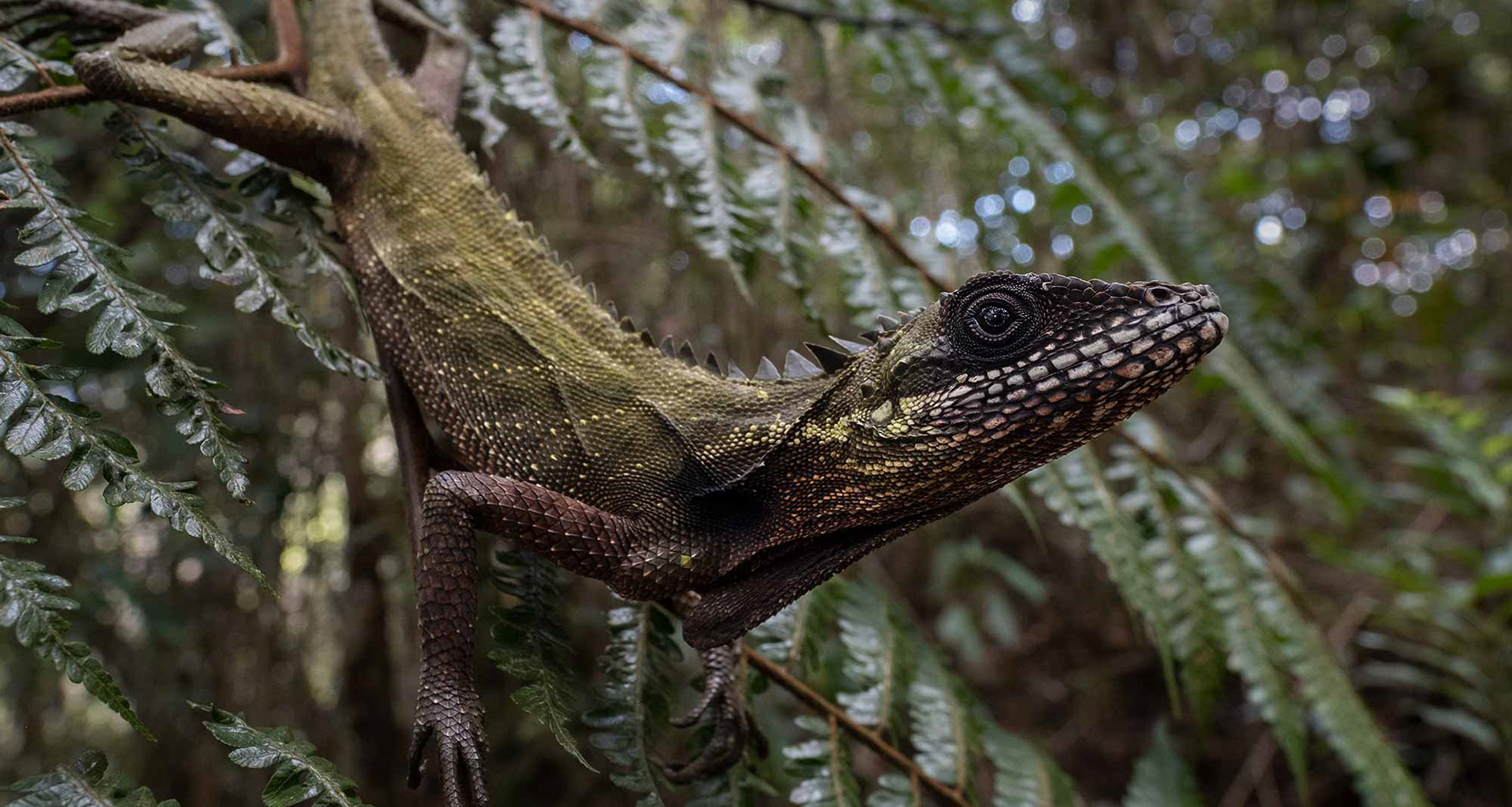
Malayan mountain dragon (Malayodracon robinsonii).
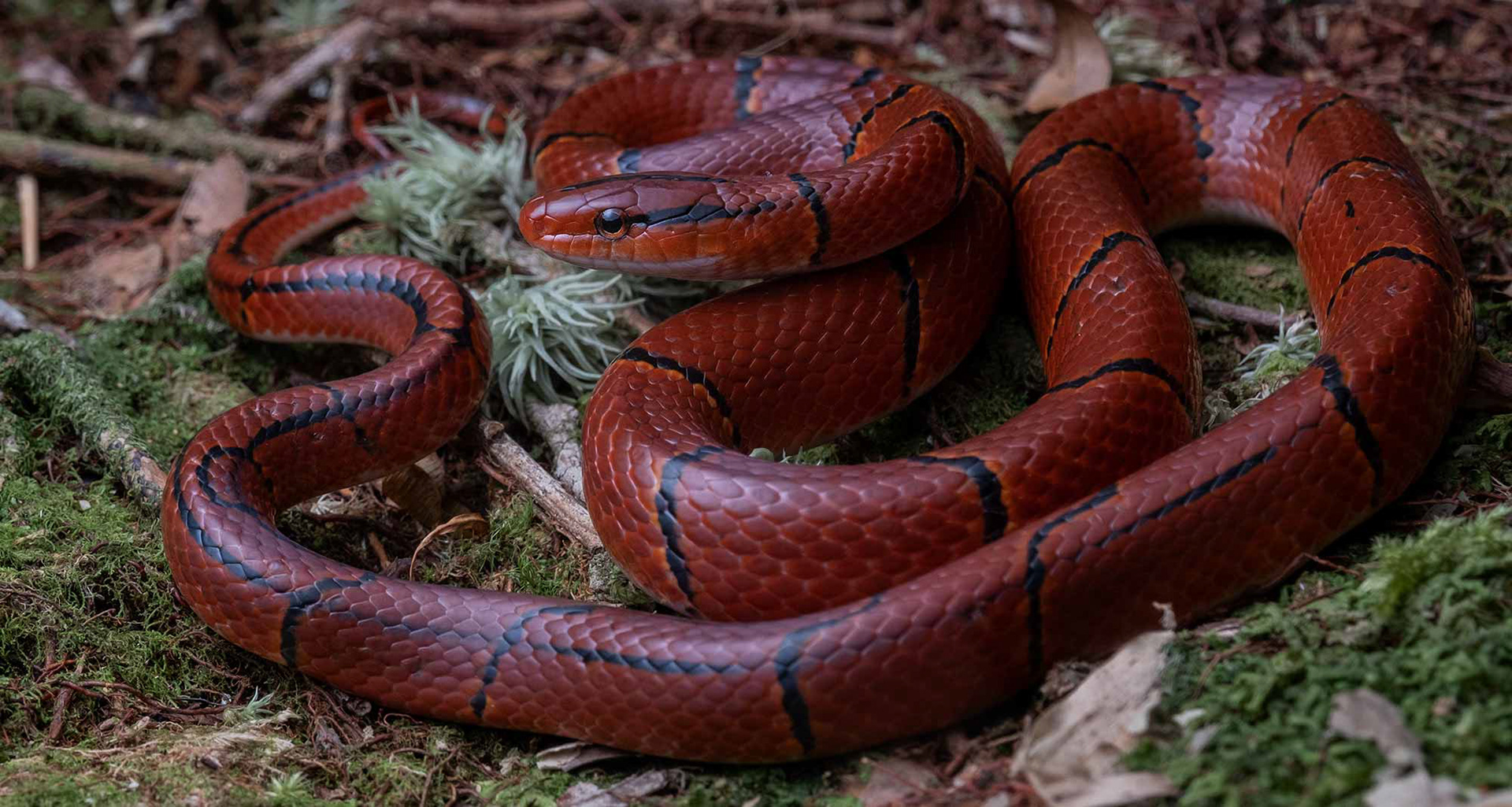
Red bamboo ratsnake (Oreocryptophis porphyracea)
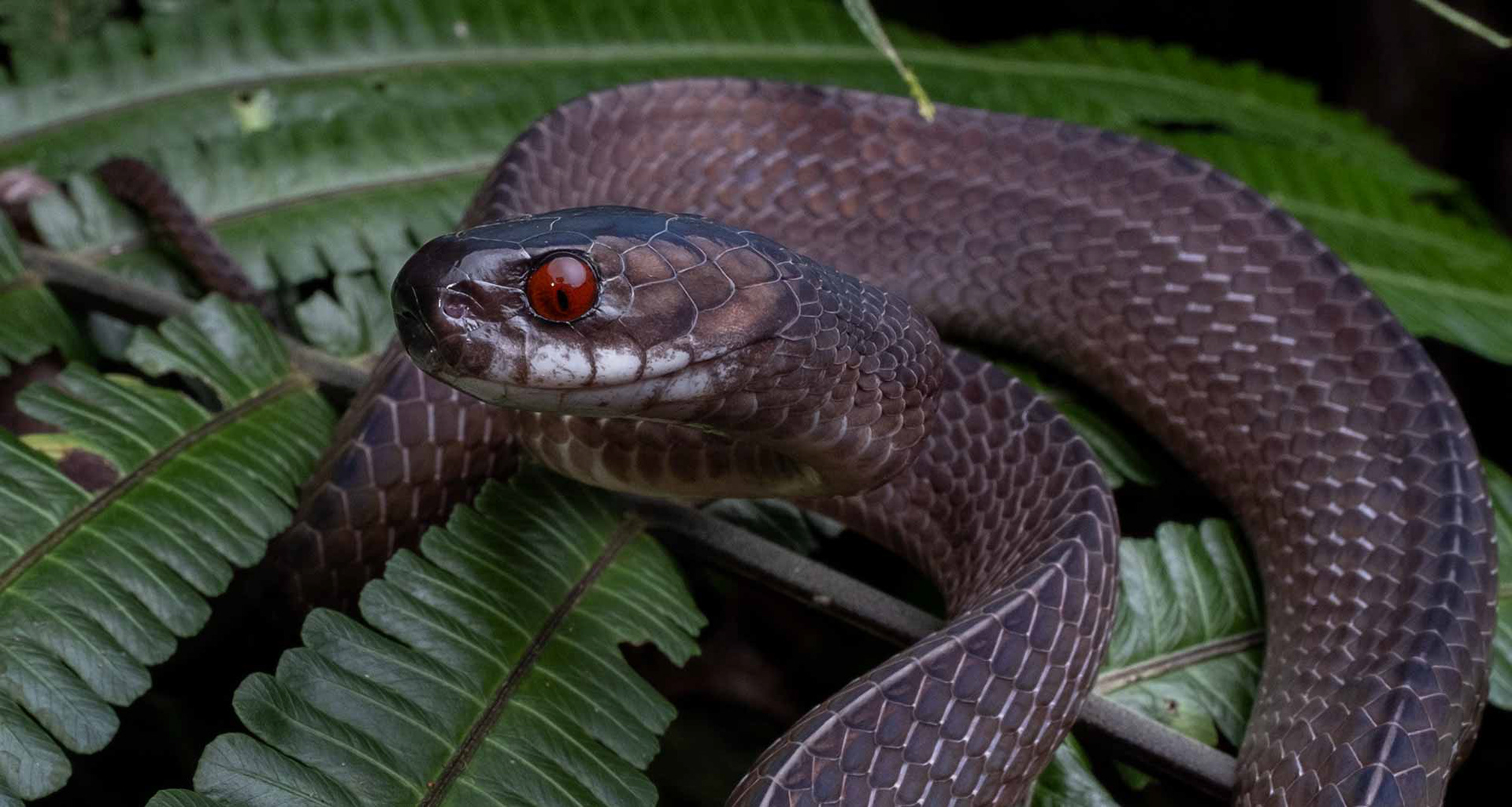
Mirkwood forest slug snake (Asthenodipsas lasgalenensis).

Titiwangsa horned lizard (Acanthosaura titiwangsaensis).
Nights 4-6 - Cameron Highlands:
After three nights in the hot and humid lowlands, we drive up to the dramatically contrasting highlands of Peninsular Malaysia’s central mountain range. This cool-weather climate is home to a totally unique and fascinating array of highland-restricted species, including several localised endemics and species that cannot be observed anywhere else in Malaysia. While finding snakes is notoriously difficult here, our team have several locations which consistently produce good numbers of snakes, including the most notable targets in the area; red bamboo ratsnake (Oreocryptophis porphyracea), Cameron Highlands pit viper (Trimeresurus nebularis) and black-striped coral snake (Calliophis nigrotaeniatus). The moss-covered montane forest in the Cameron Highlands is a simply magical place to explore, with colourful fossorial reed snakes (Macrocalamus sp.) and remarkable bright red-eyed slug eating snakes (Asthenodipsas lasgalensis) likely to be found in good numbers in the misty mountains. There are also multiple critically endangered species of frog which are restricted to the mossy peaks, coming out in good numbers in the right weather conditions.
During the daytime, we have the opportunity to sightsee and enjoy some of the attractions which make the Cameron Highlands the most popular tourist attraction in the country. Picturesque tea plantations on rolling hills, strawberry farms, rushing waterfalls, the butterfly garden and jungle trails will make up much of how we spend our days here - not to mention eating absolutely delicious local food.
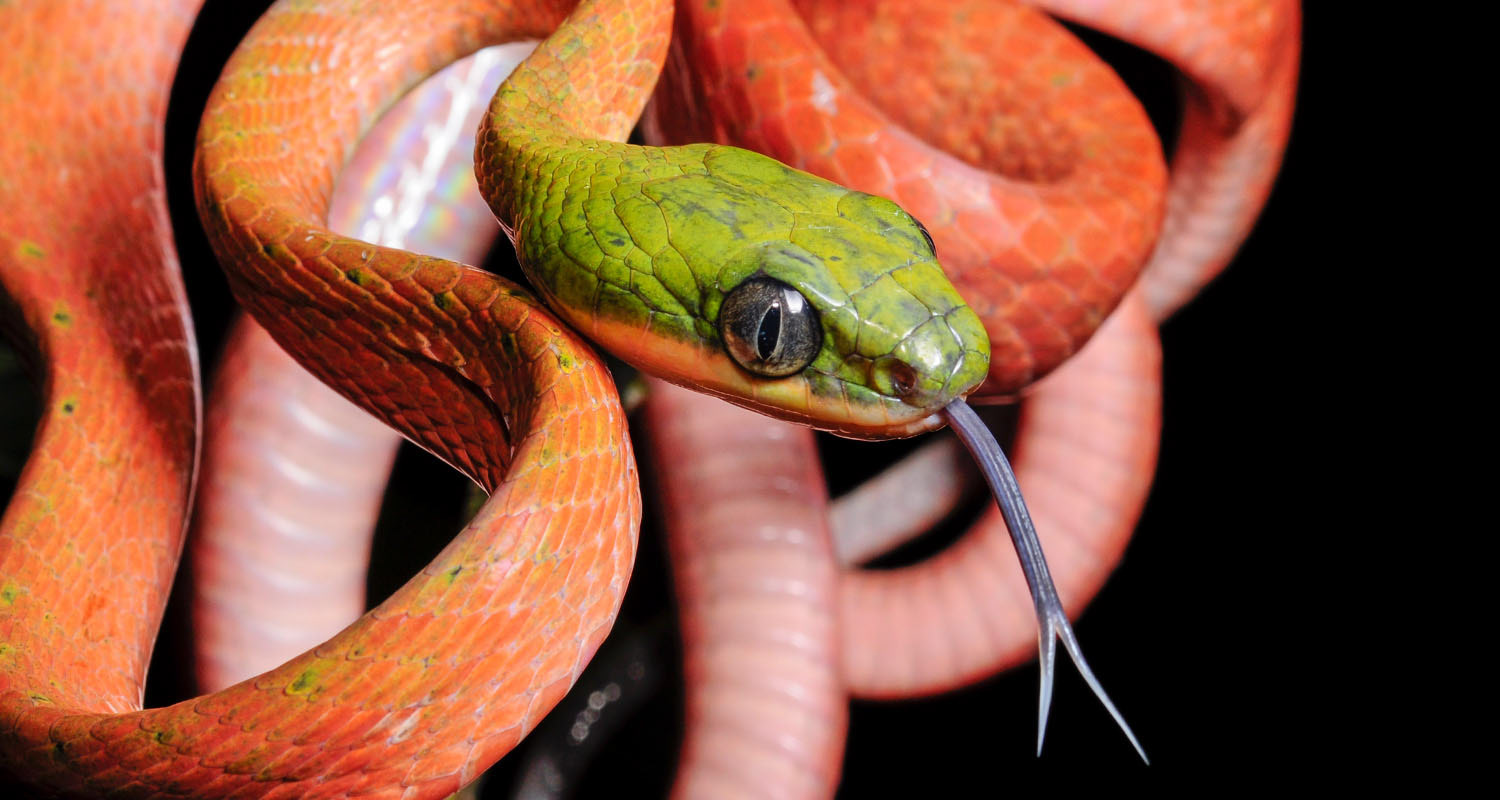
Dark-headed cat snake (Boiga nigriceps).
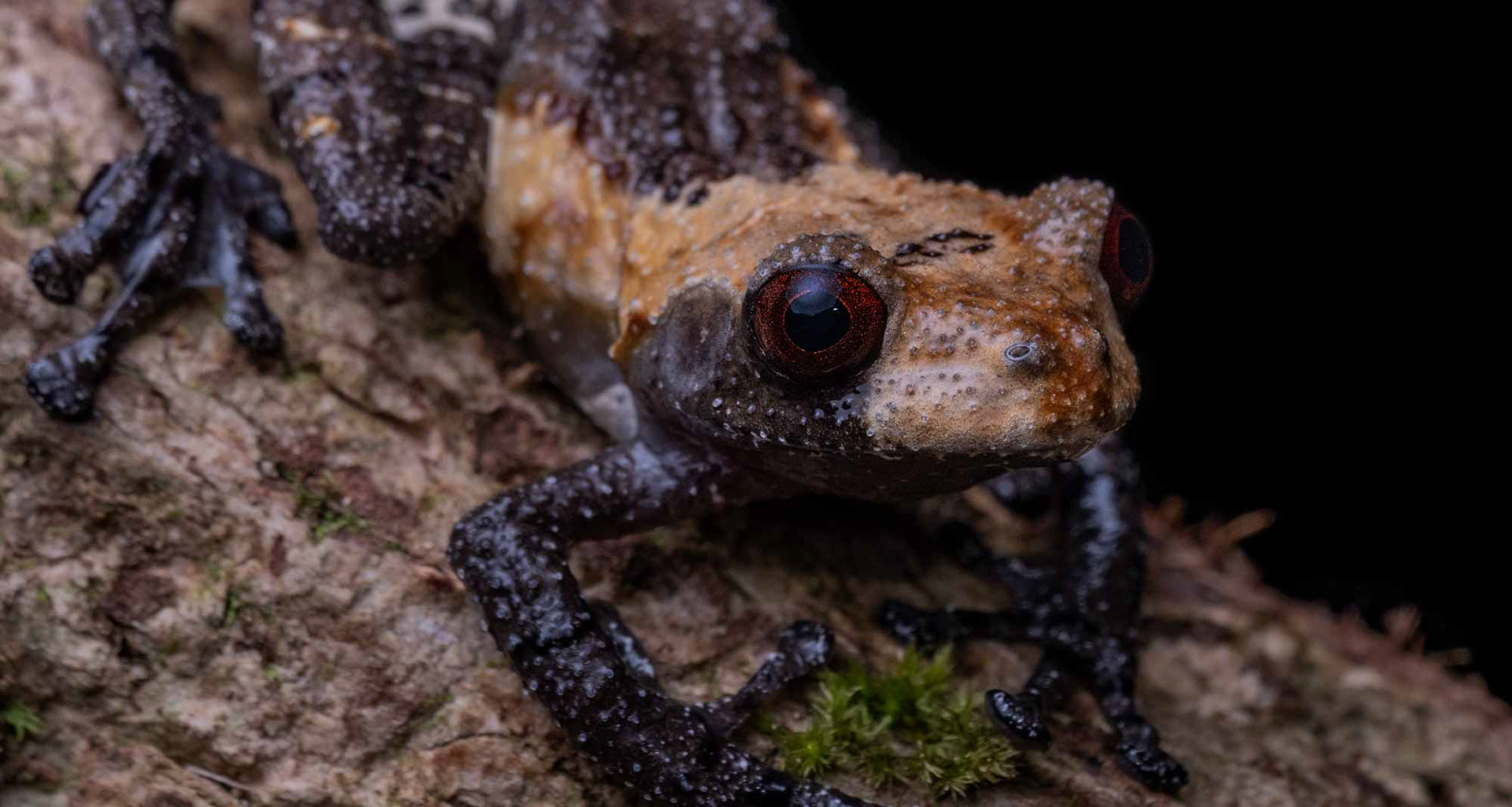
Pied warty frog (Theloderma asperum).
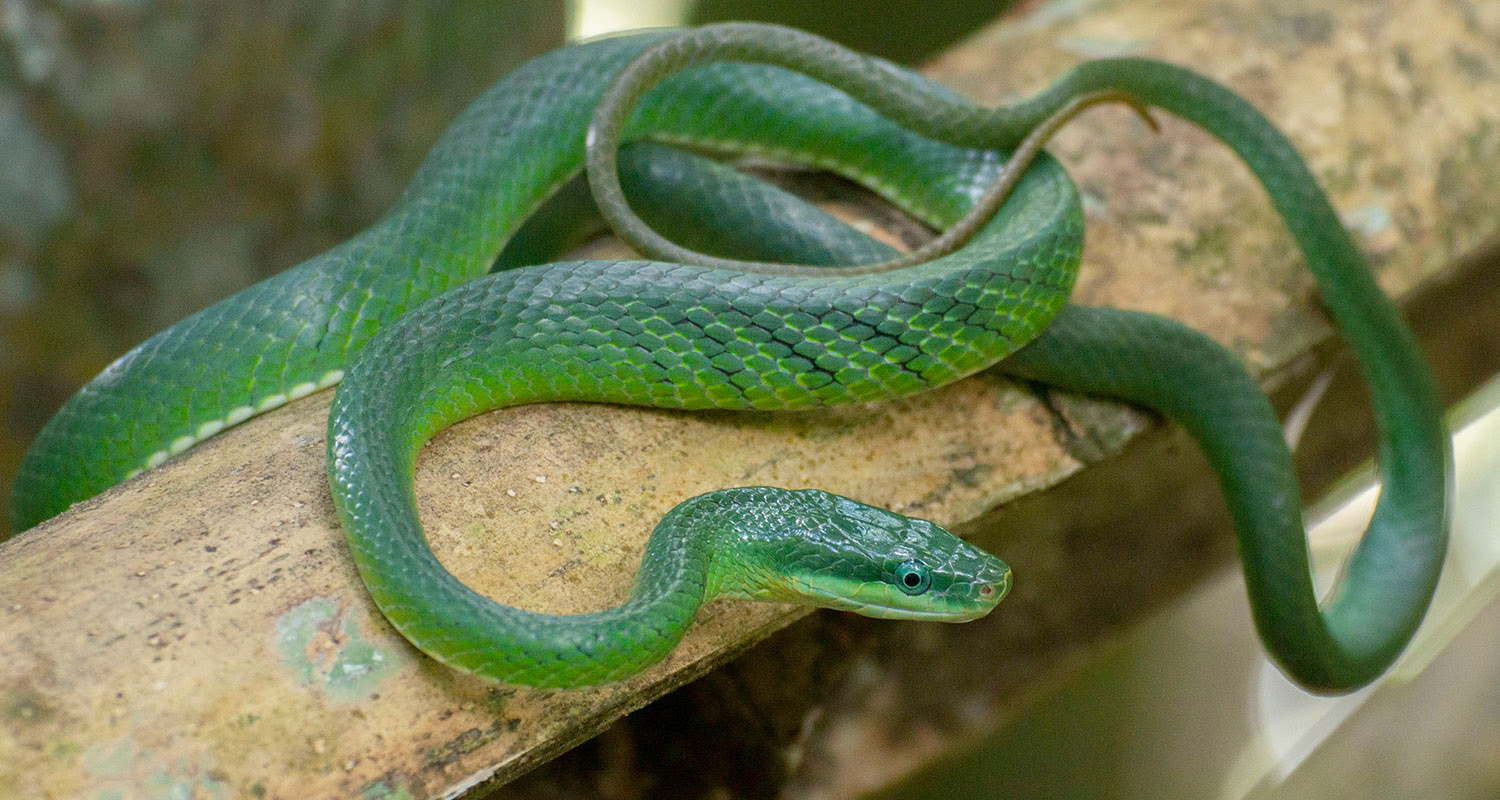
Blue-eyed bamboo ratsnake (Gonyosoma coeruleum).
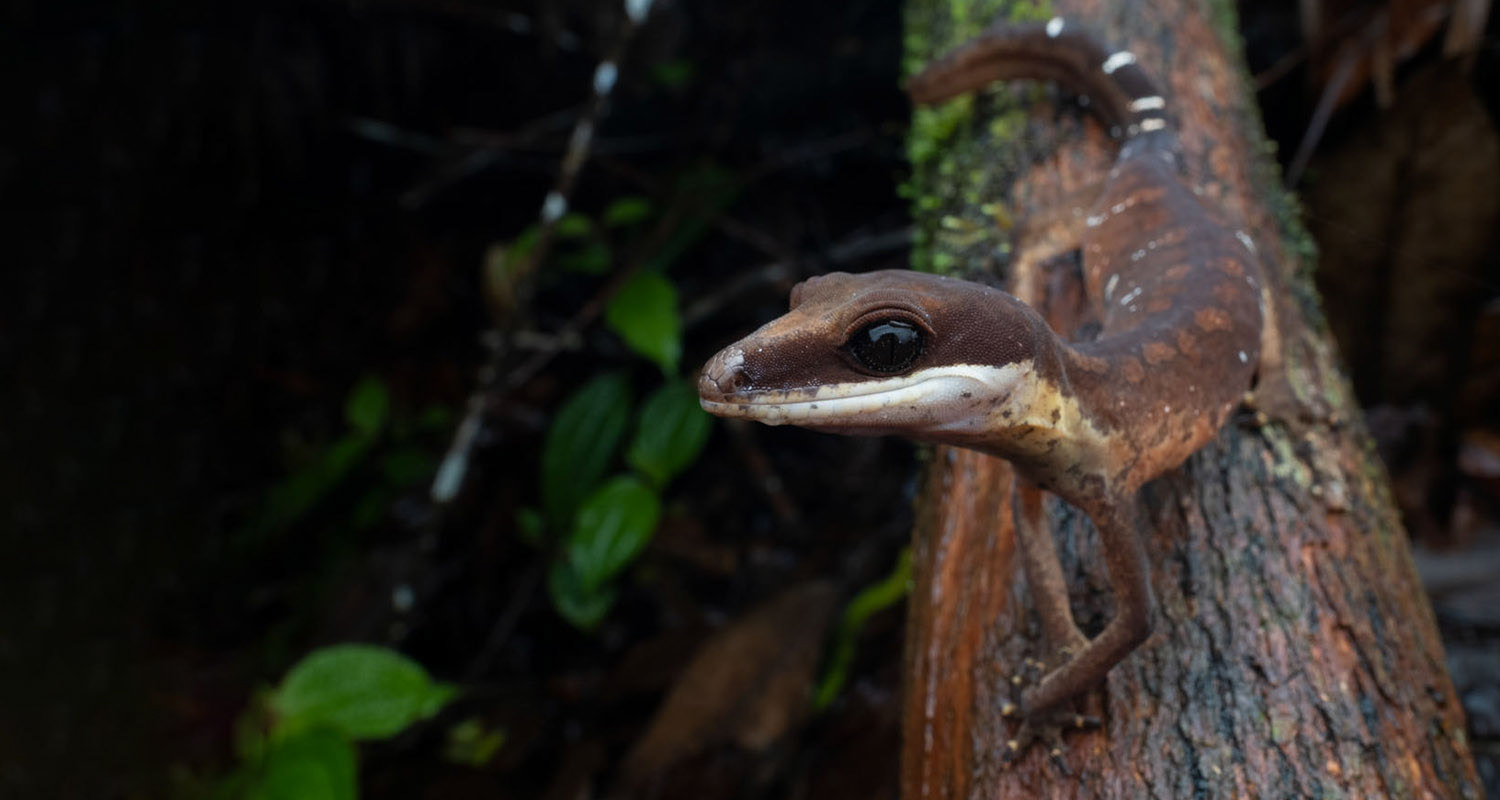
Cat gecko (Aleuroscalabotes felinus).
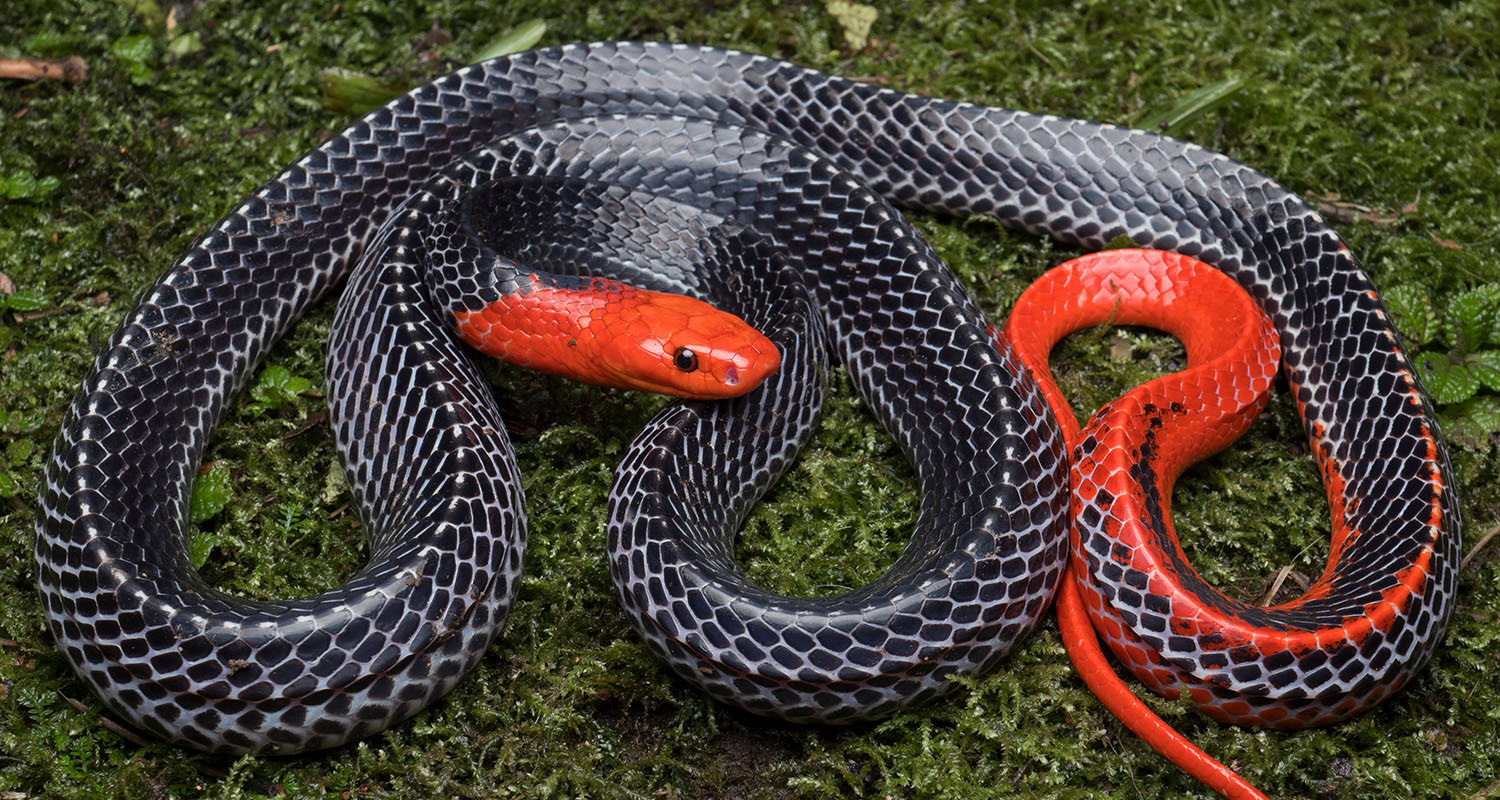
Red-headed krait (Bungarus flaviceps).
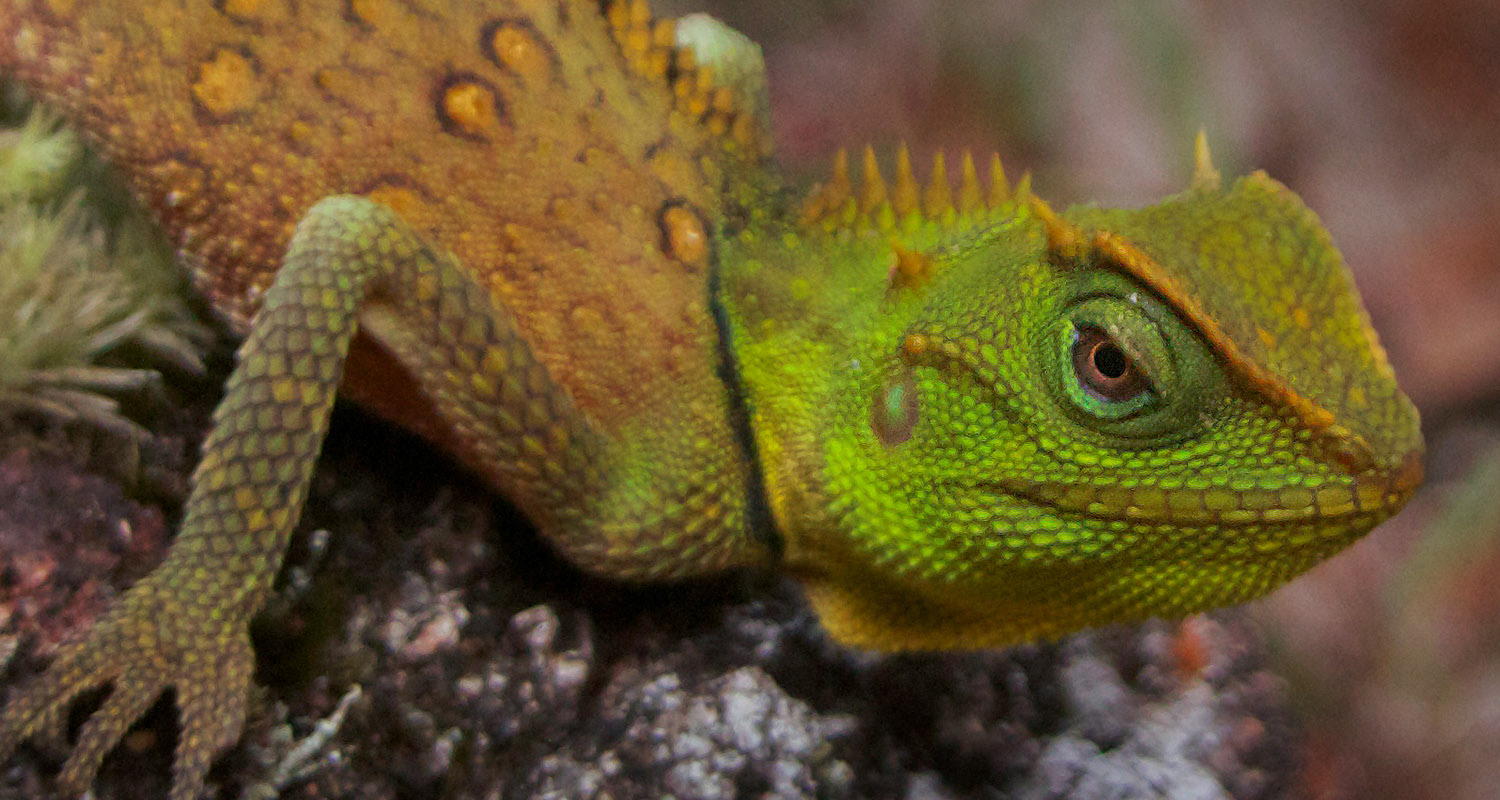
Endemic Titiwangsa horned dragon (Acanthosaura titiwangsaensis).
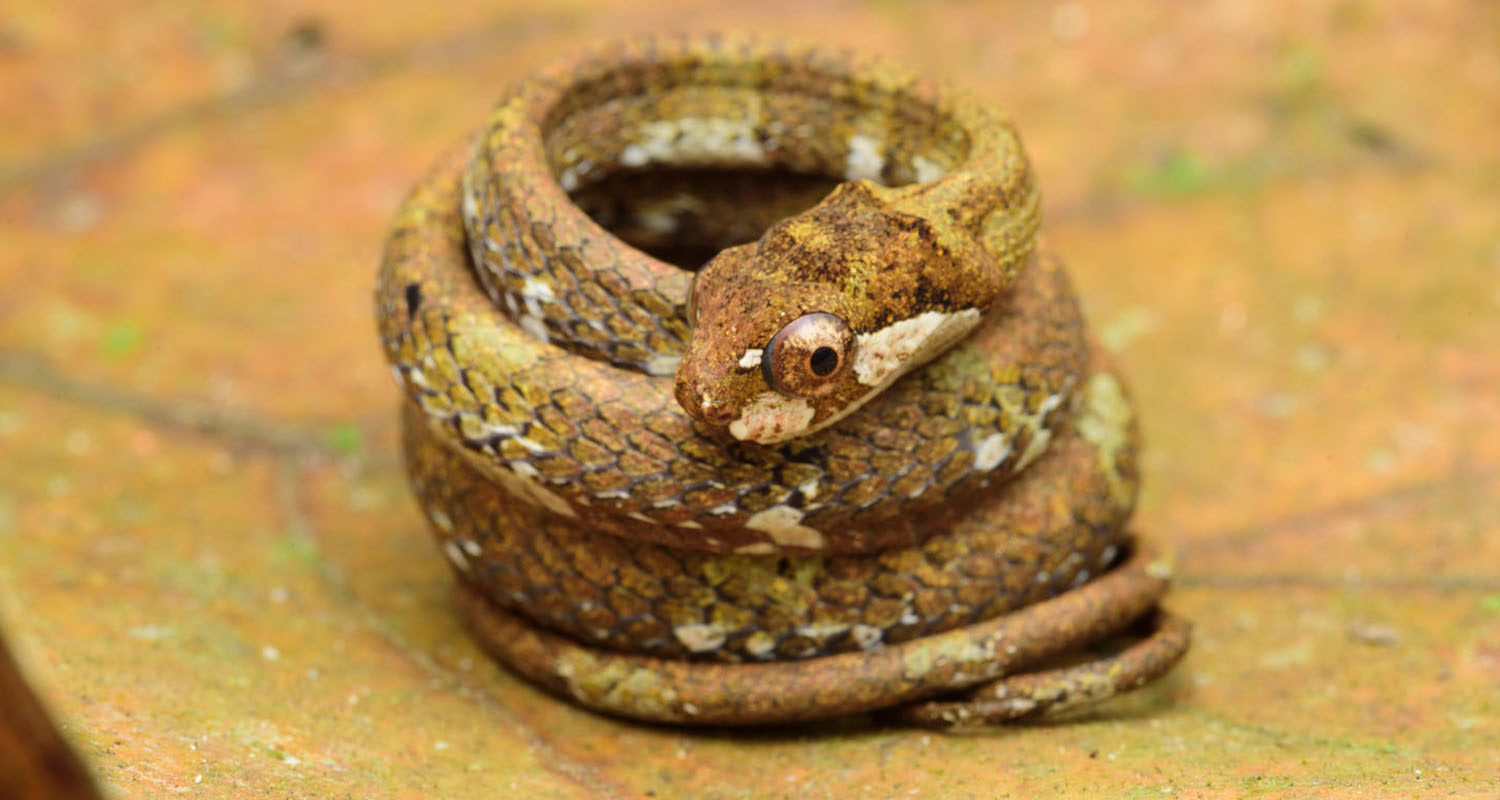
Blunt-headed slug snake (Aplopeltura boa).
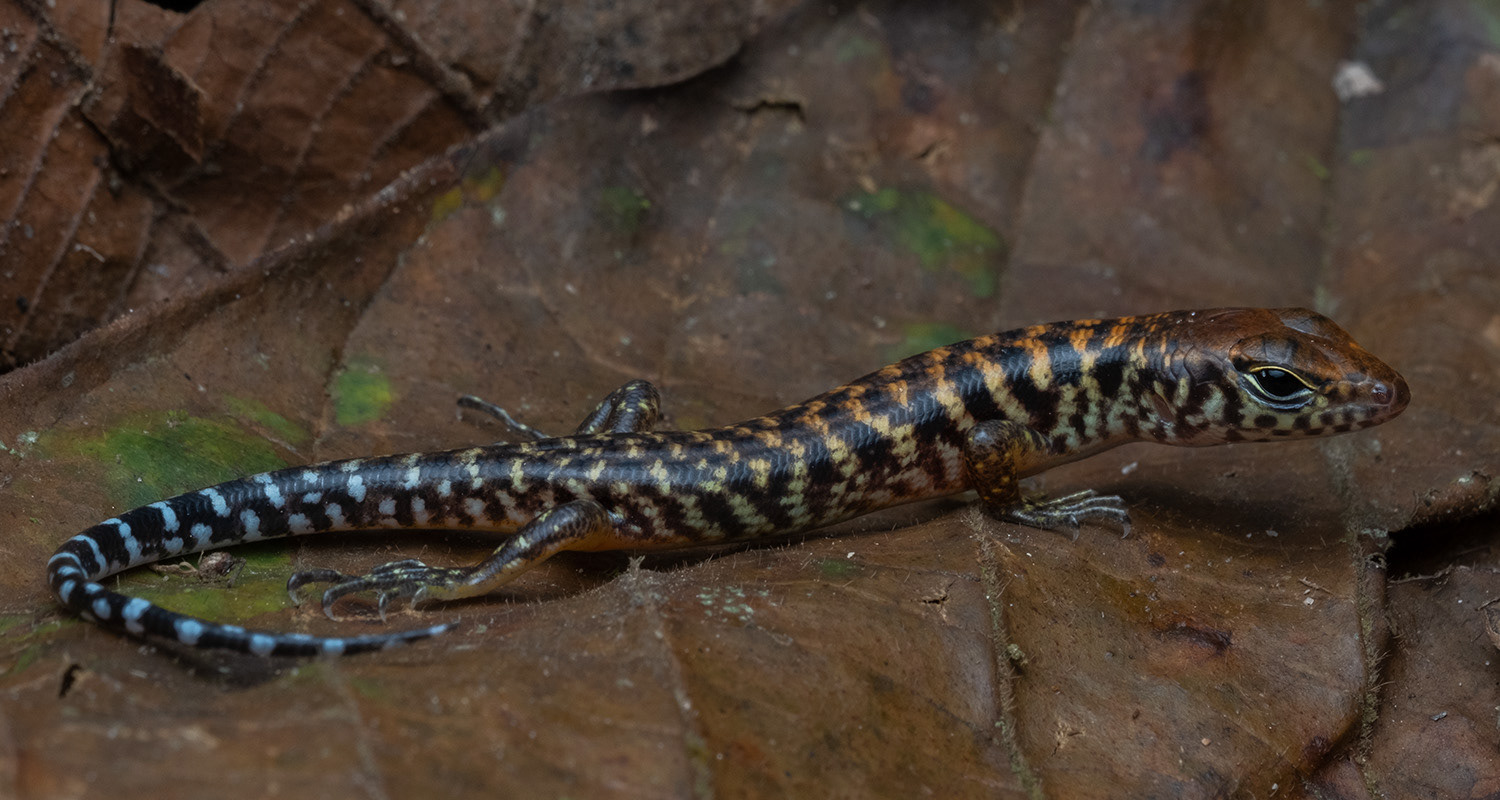
Blotched forest skink (Sphenomorphus praesignis) juvenile.
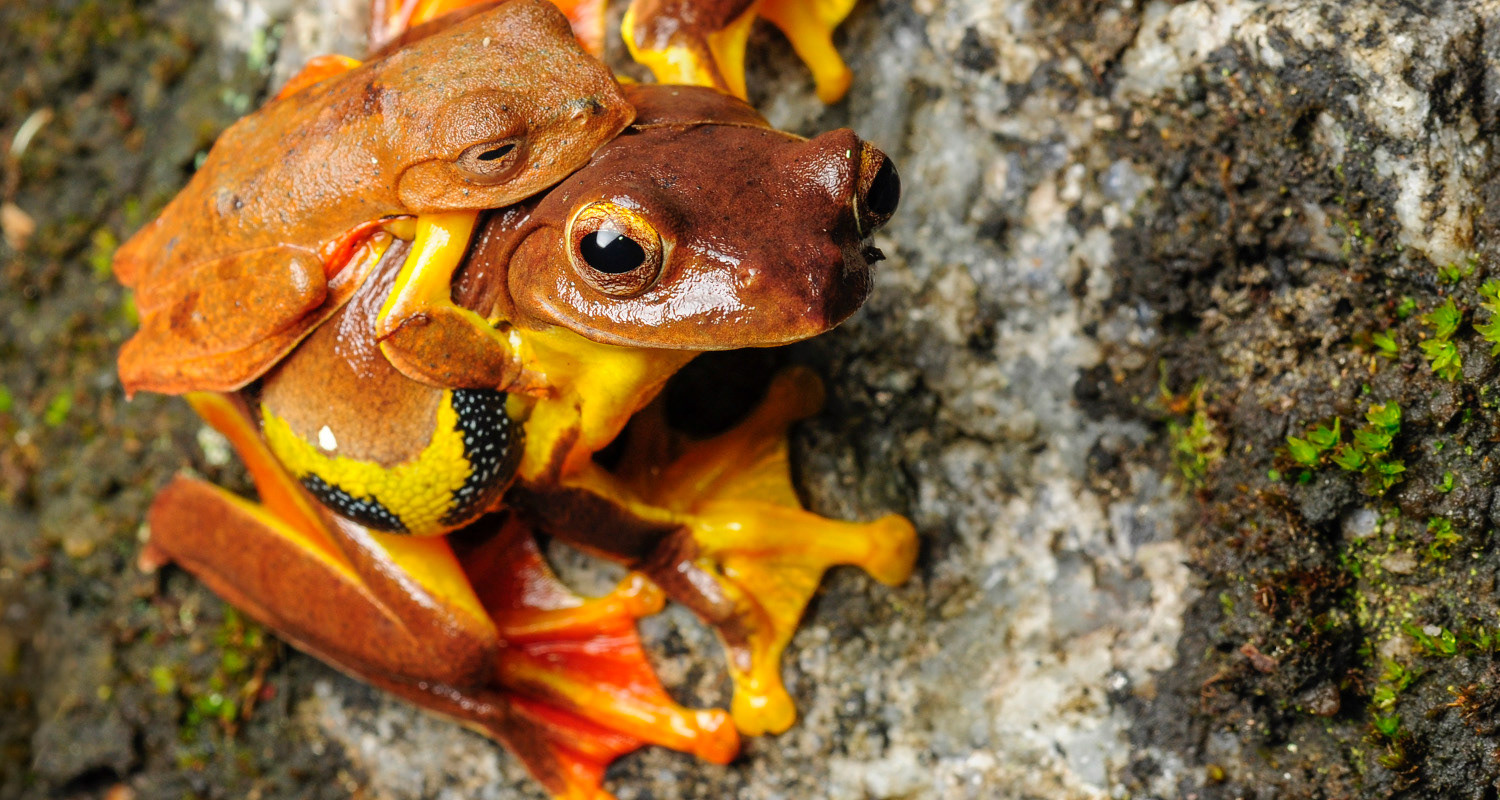
Twin-spotted flying frog (Rhacophorus rhodopus).
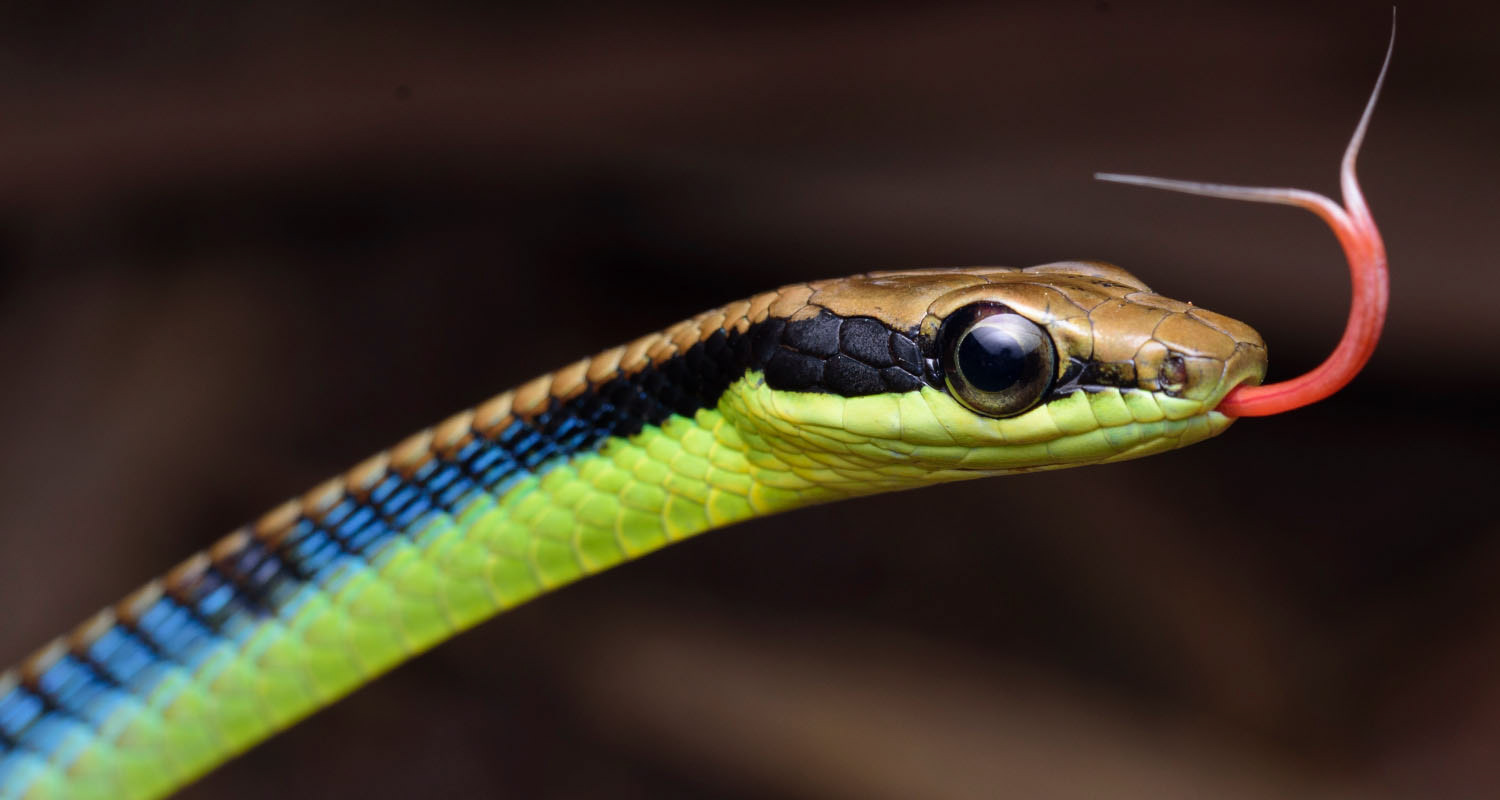
Blue bronzeback (Dendrelaphis cyanochloris).
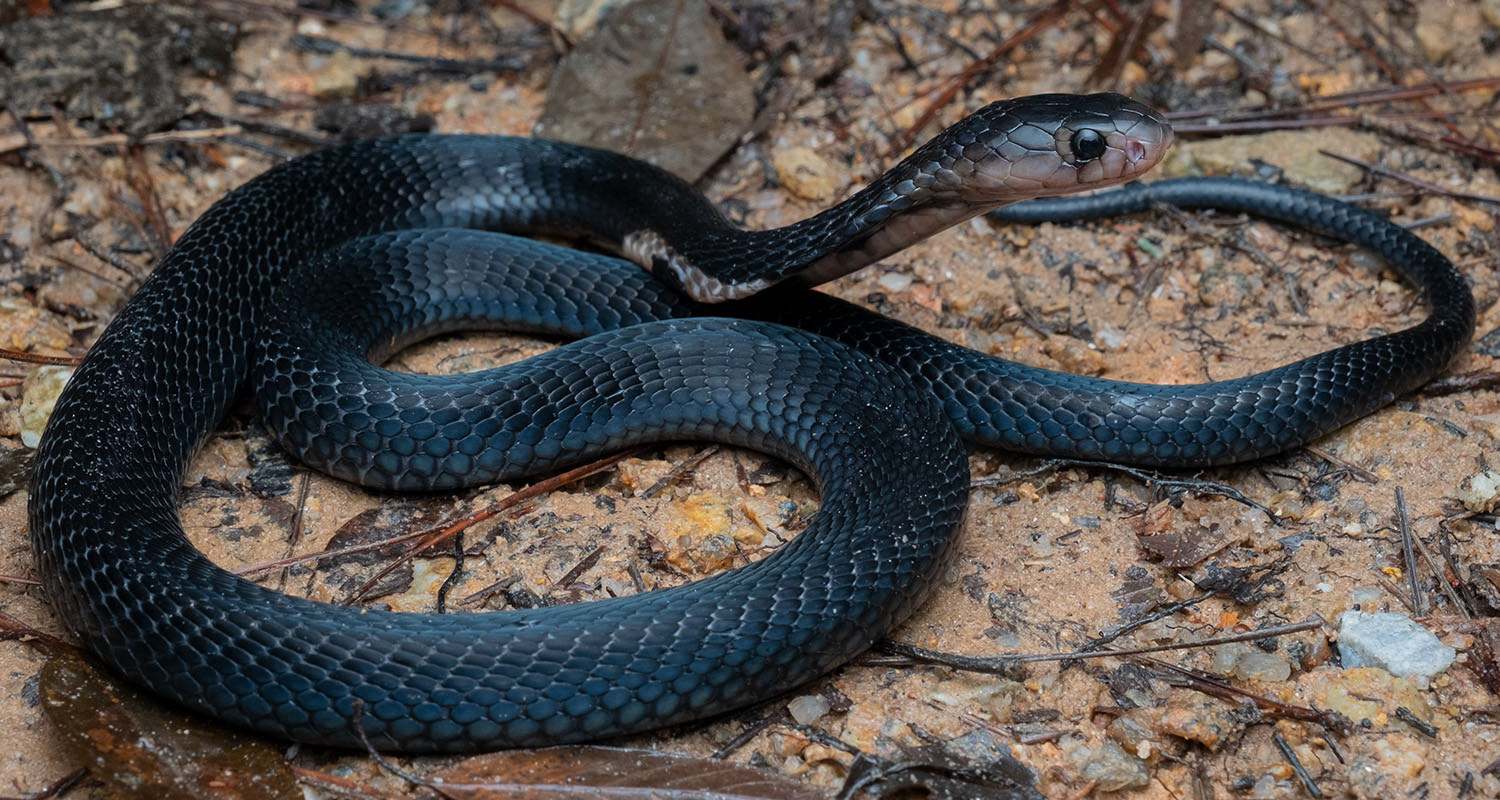
Sumatran cobra (Naja sumatrana) black morph.
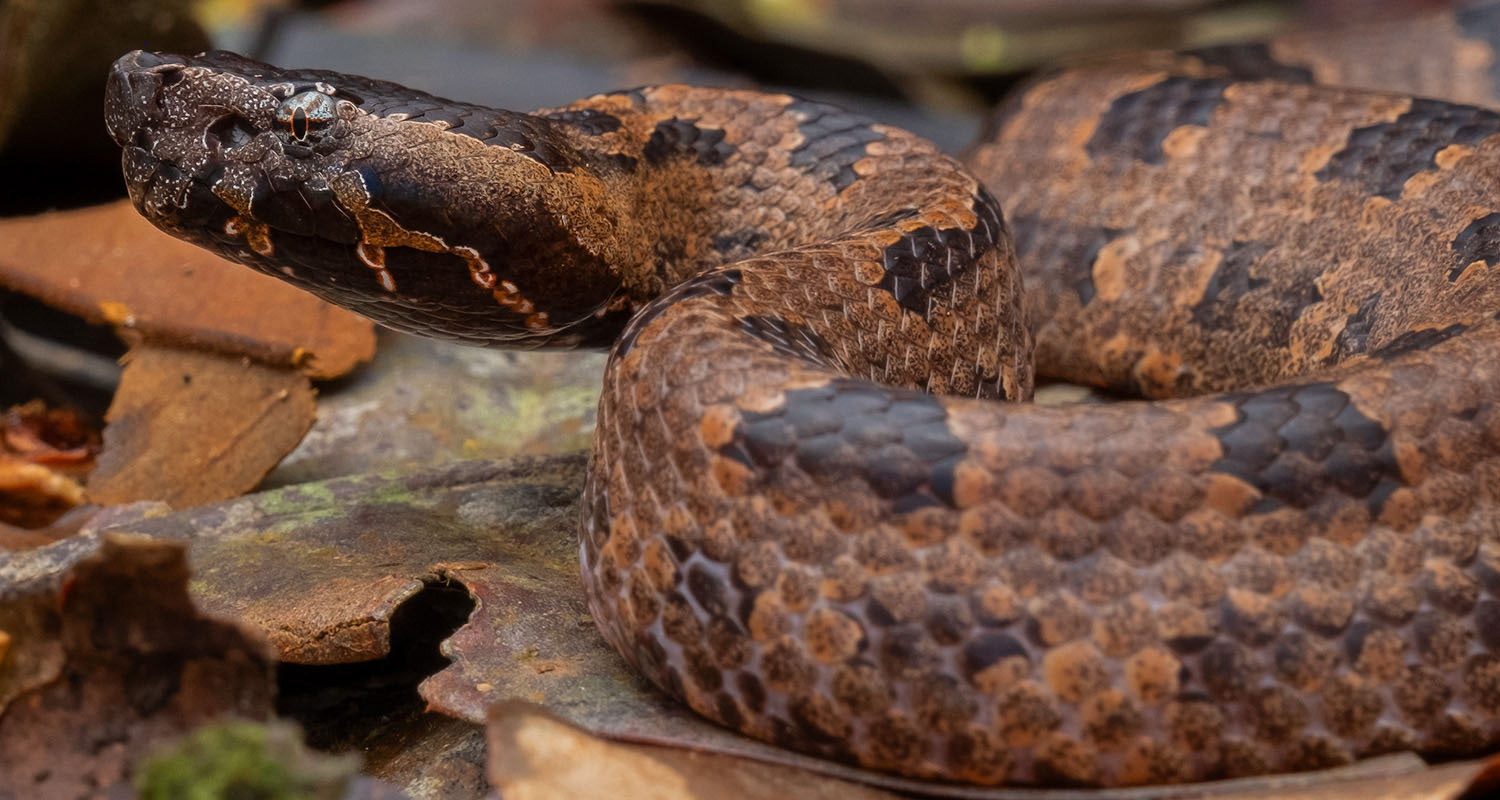
Mountain pit viper (Ovophis convictus).
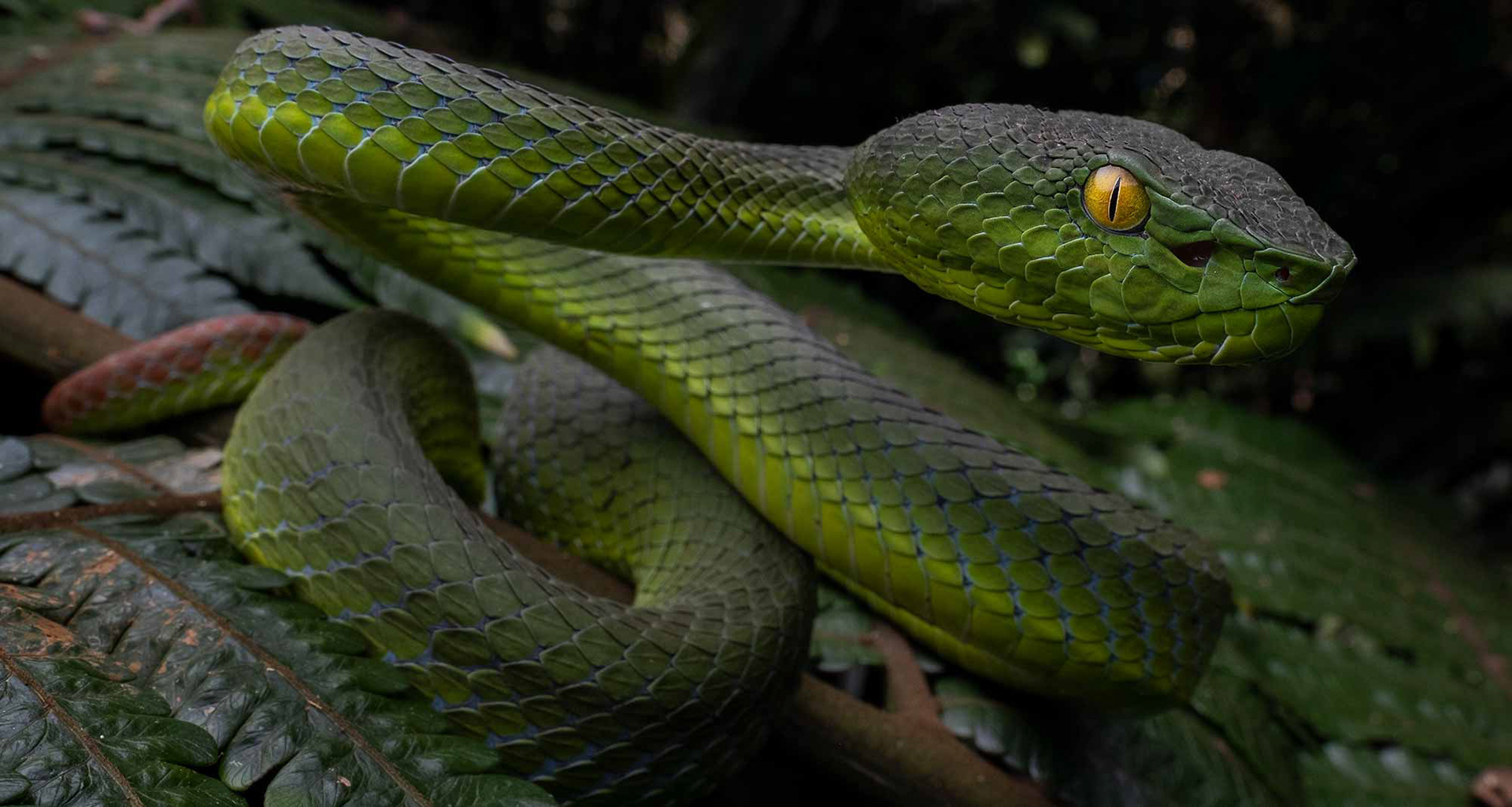
Sabah pit viper (Trimeresurus sabahi fucatus).

Blue coral snake (Calliophis bivirgata).
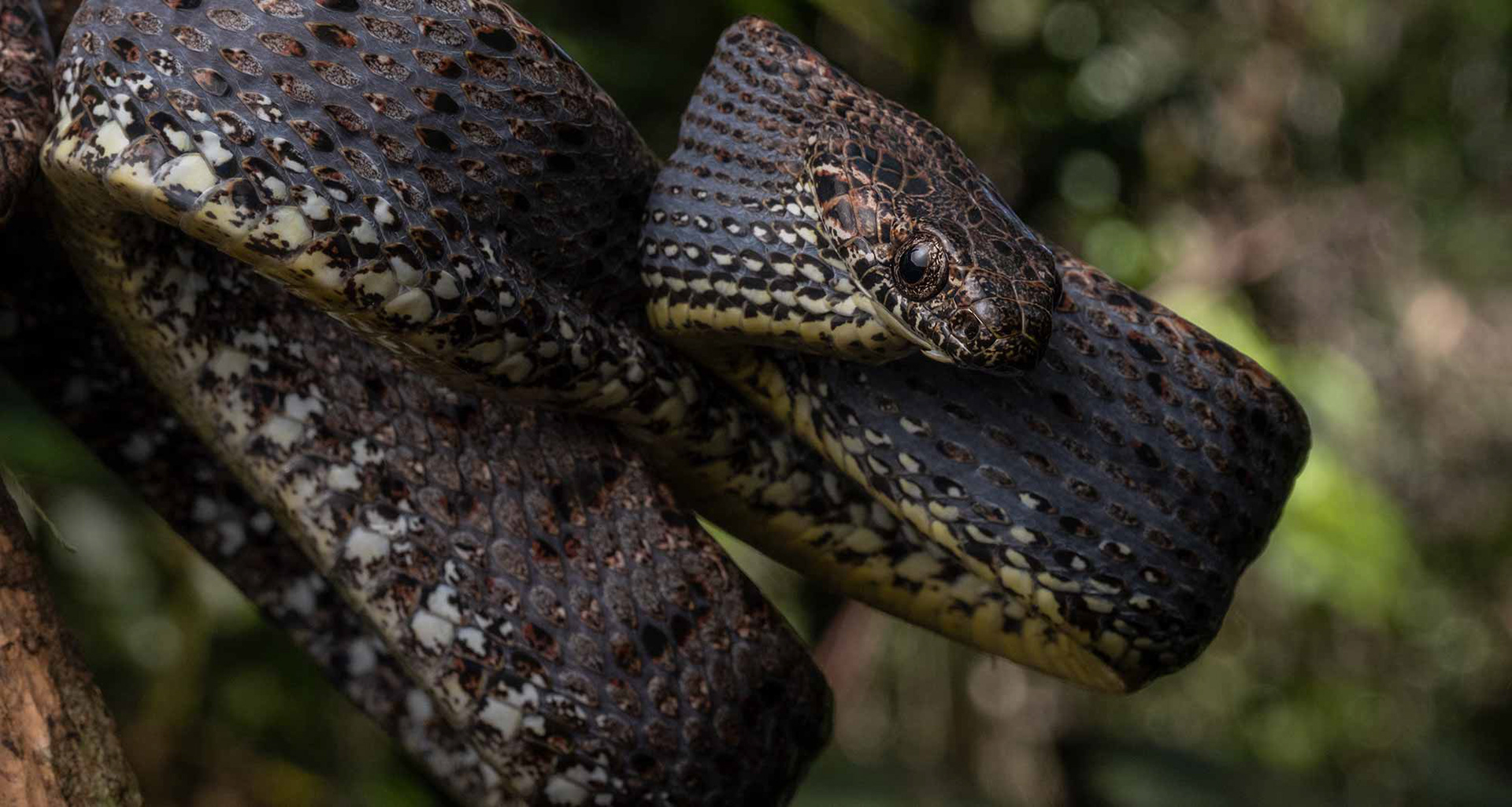
Jasper cat snake (Boiga jaspidea).
Nights 7-10 - Bukit Fraser:
The most celebrated naturalist haven in Peninsula Malaysia, this wonderful highland resort has been an all-time favourite herping destination for our guides for more than 10 years, and consistent success with some of the most desirable herpetofauna in Peninsula Malaysia has made it an absolute necessity to visit on every single trip. The unique positioning of this location between upper-dipterocarp and submontane forest provides a magnificent diversity of herpetofauna, and the crisp mountain climate makes hiking an enjoyable experience no matter what time of day. The Malaysian blue coral snake (Calliophis bivirgata), red-headed krait (Bungarus flaviceps) and the very rare Malayan mountain pit viper (ovophis convictus) are amongst the many show-stoppers which we have found multiple times at Bukit Fraser in the past and will be trying our absolute best to target on this expedition.
The cool weather here creates the perfect climate for enjoyable walking by both night and day, so we will embark on many daytime herping escapades where we have a good chance to see different species of snake, as well as interesting montane lizards. On the last expedition here, we found a huge Jasper cat snake (Boiga jaspidea) resting in the rafters of a wooden hut during the daytime, along with multiple other snake encounters during our daytime hikes. Species such as a the blue coral snake (Calliophis bivirgata) can also be encountered during the daytime f you're feeling invigorated enough to get out hiking in the early morning.
With showers of rain likely during this expedition, we can expect to see many amazing frog species at this location too. Jade flying frog (Zhangixalus prominanus), twin-spotted flying frog (Rhacophorus bipunctatus) and bird-poop frog (Theloderma asperum) are regular sights along the upper part of the mountain, while the incredible and rare mossy wart frog (Theloderma leprosum) has been sighted here several times too.
Accommodation:
We stay in comfortable hotels adjacent to or within prime herping habitat at every location on this expedition. There will be WIFI & great phone (4G) service at all accommodations.
Food:
Malaysia is a multicultural country with a broad variety of cuisine. You will have the opportunity to try Malay, Chinese and Indian food, as well as western classics. Each location on the tour has easily accessible shops where snacks can be bought.
Environmental conditions & fitness:
The lowlands of Peninsula Malaysia are steaming hot and humid all year round, with daytime temperatures exceeding 30c on a daily basis. However, the climate at Bukit Fraser and the Cameron Highlands is significantly colder, and can drop as low as 15c at night at the latter, rarely exceeding 26c during the daytime at both locations. Cool weather clothing is important, as well as hiking clothes suitable for hot temperatures. A rain jacket is also absolutely essential, as one must be prepared for heavy rain at any time in Malaysia.
Travel information:
All participants must arrive in Kuala Lumpur at the designated hotel before 14:00pm on the 16th January 2025. On the 26th March at 12:00pm (midday), we will leave Bukit Fraser and arrive at KL SENTRAL by 15:00pm, where the tour will end.
Kuala Lumpur has a huge international airport, and direct transport links to the city. It is the guests’ responsibility to meet all entry requirements needed to enter Malaysia, including visa procedures. Explore Herpetology can help advise entry requirements. Guests travelling from most countries do not require a visa to visit Malaysia for less than 30 days. Make sure to check the entry requirements for your country before booking.
Guides:
This expedition is guided Steven Wong and overseen by Rupert Grassby-Lewis, two friends who share an extensive history of highly successful herping expeditions together in South-East Asia, making several scientific discoveries and finding countless extremely rare species along the way. Their combined expertise will ensure countless fantastic finds as well as a mentally enriching experience for everyone, regardless of experience level.
Steven is a Kuala Lumpur native and professional herping guide boasting an endless catalogue of knowledge on Malaysia’s wildlife, with a specialist focus on reptiles & amphibians. His immense experience bringing groups and individuals herping at our trip locations is invaluable, and his brilliant eye for herpetofauna will make every single night of the expedition productive. Steven, as a local and ‘food enthusiast’ (*not* a foodie), is also perfectly poised to make astute recommendations for local food and drinks - for those who want to experiment and indulge in the local culture.
Rupert is the director of Explore Herpetology and a highly accomplished individual in the Malaysian herping world. The Cameron Highlands and Bukit Fraser have been his favourite stomping grounds for over 10 years, and he has seen almost every single species of snake occurring in the highlands of Malaysia. Through his time planning and executing high-level herping expeditions, Rupert has redefined what is considered a successful herping trip through an unwavering commitment to success, laser-focused mindset and multifaceted understanding of the ecology of every herpetofauna species in each area.
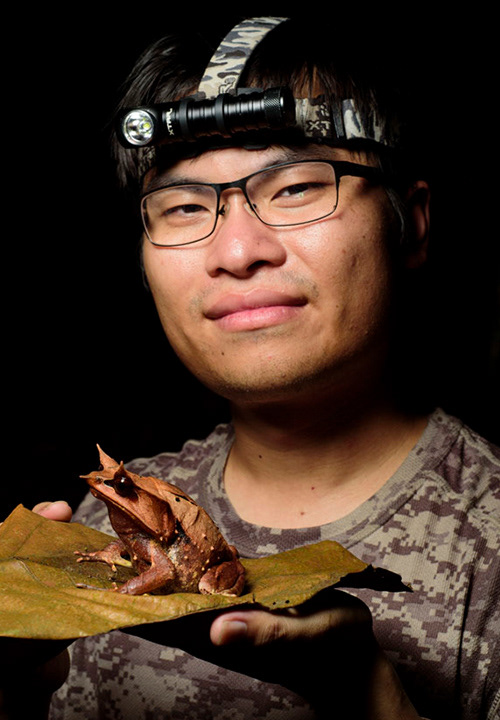
Steven







